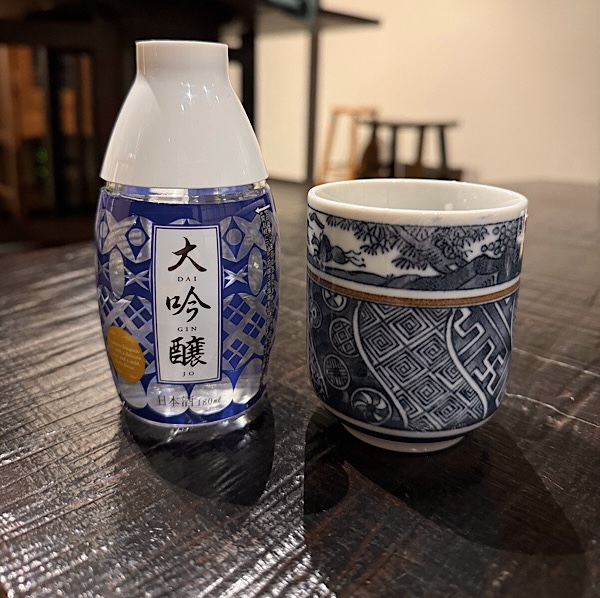Once we finished some work stuff – we got a chance to check out the cute little town of Takayama… and oh my goodness! Takayama is definitely, where I parked my car!
We started on the riverside where the morning markets are held most days from 7am (8am in winter I believe), and wandered past lots of craft stalls and touristy shops. 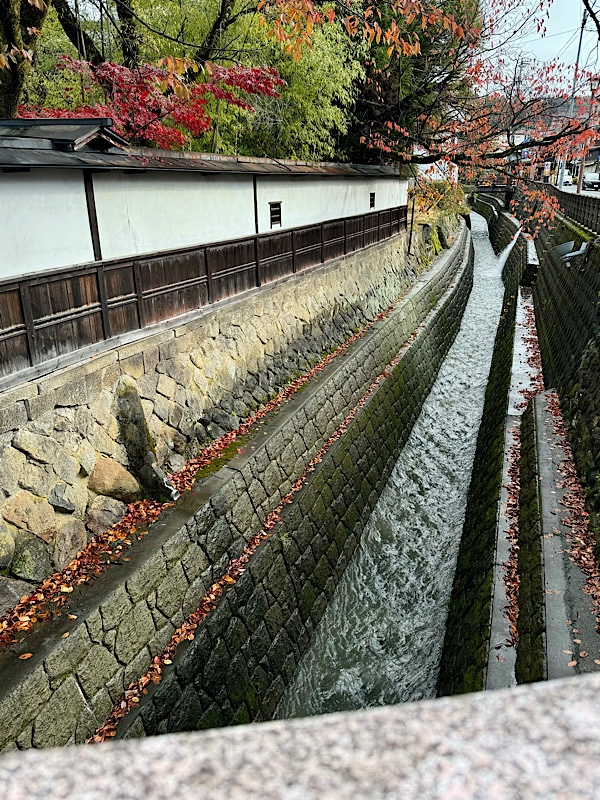 Takayama’s Old Town district isn’t very big so a few hours is a goodly amount of time to spend wandering the streets here – unless you get side tracked.
Takayama’s Old Town district isn’t very big so a few hours is a goodly amount of time to spend wandering the streets here – unless you get side tracked. There were chop stick shops, LOADS of sweets, biscuits and lollies for sale, puddings, beef stores, fans, glassware, ceramics, and cutesy as hell Japanese kitch.
There were chop stick shops, LOADS of sweets, biscuits and lollies for sale, puddings, beef stores, fans, glassware, ceramics, and cutesy as hell Japanese kitch. 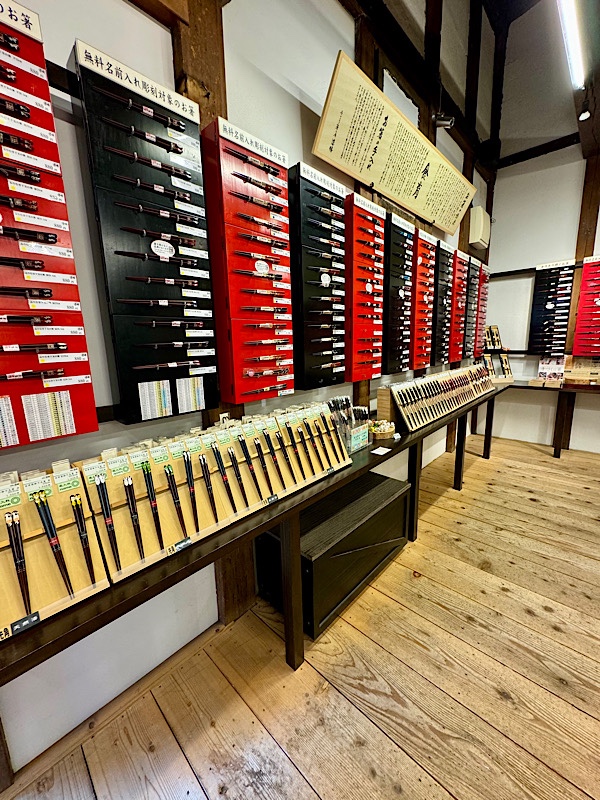 Cute little glass chopstick rests… I nearly bought a set to bring home but while the chopsticks I bought home from Kanazawa back in 2015 are probably the most used and useful souvenir I have ever bought from anywhere, we tend not to set the table too fancy when we are having Japanese at home. So they probably wouldn’t end up getting used much.
Cute little glass chopstick rests… I nearly bought a set to bring home but while the chopsticks I bought home from Kanazawa back in 2015 are probably the most used and useful souvenir I have ever bought from anywhere, we tend not to set the table too fancy when we are having Japanese at home. So they probably wouldn’t end up getting used much. 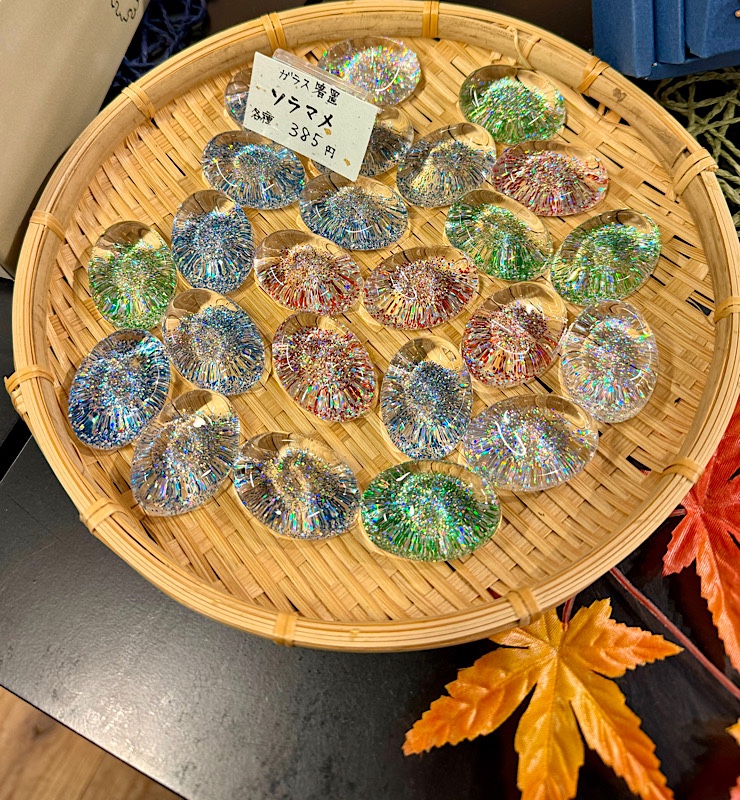
A cool lantern made out of random black and red chopsticks. I guess this is the sort of thing you can do when you are buying in bulk and not paying retail! 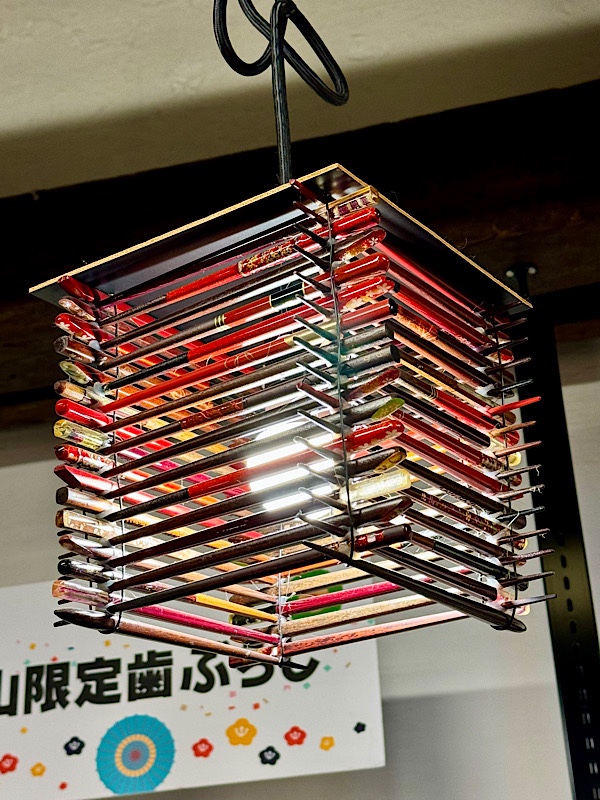 These fans remind me of the hundreds of fan shops all over Kyoto… Takayama is sometimes called ‘Little Kyoto’, as its old town district is relatively well kept.
These fans remind me of the hundreds of fan shops all over Kyoto… Takayama is sometimes called ‘Little Kyoto’, as its old town district is relatively well kept. 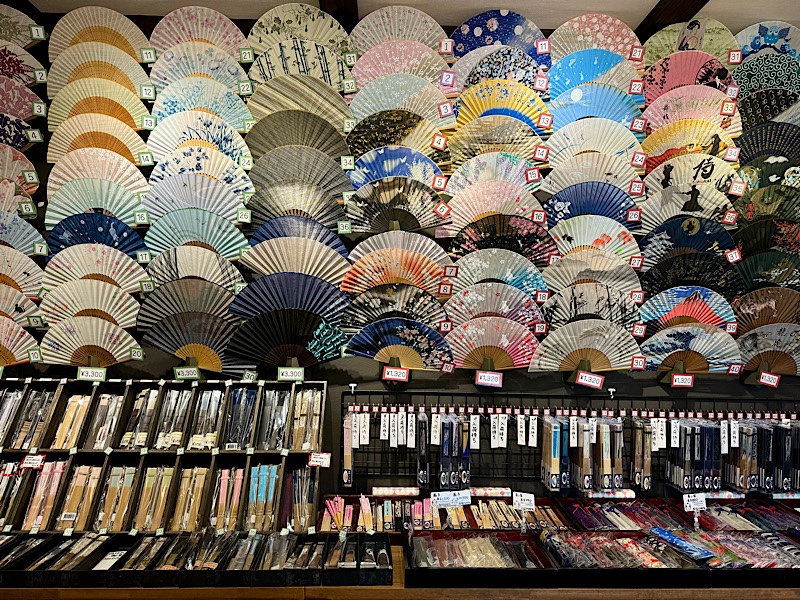 Takayama is also really well known for its Hida beef… this is a Hida beef bun – the type you usually get full of pork. Mr K felt that he just *had* to get one and it I stole a bite, it was really tasty.
Takayama is also really well known for its Hida beef… this is a Hida beef bun – the type you usually get full of pork. Mr K felt that he just *had* to get one and it I stole a bite, it was really tasty. 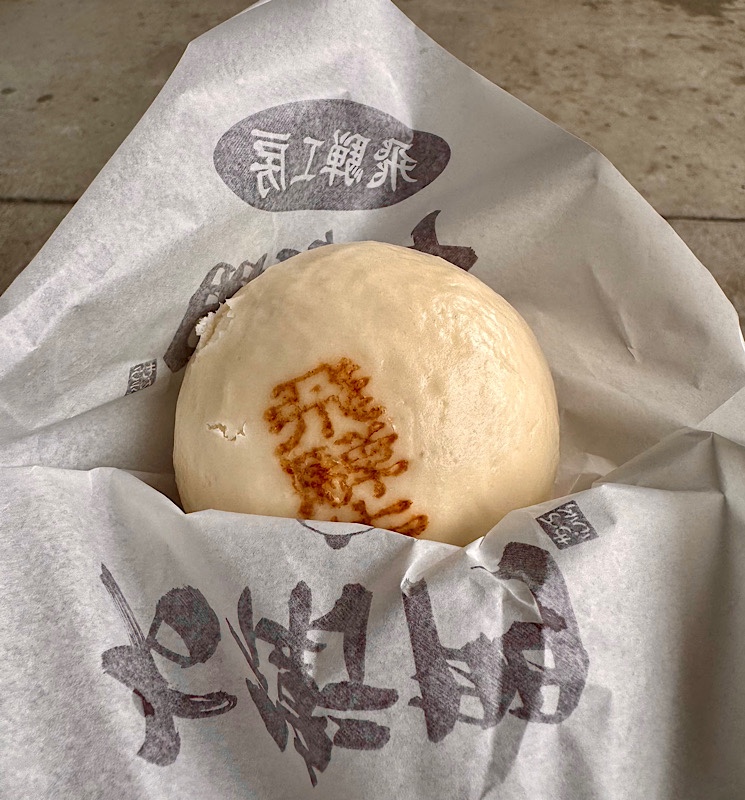
This guy is a Japanese yew carving (I’m assuming that is ‘yew’, as in “IS that a yew tree? Do those trees grow like that? Dad, go stand next to Chreeis!” said in th most grating clueless loud American accent you can muster). At the end of the Edo period, an artist name Matsuda Sukenaga created original netsuke carvings using the beautiful grain of the Hida area’s characteristic Japanese yew timber – without adding any colour. They are said to be the beginnings of the art of Japanese yew carving, or a craft known as ‘ichii itto-bori’, which is a nationally recognised traditional craft of the Hida area. 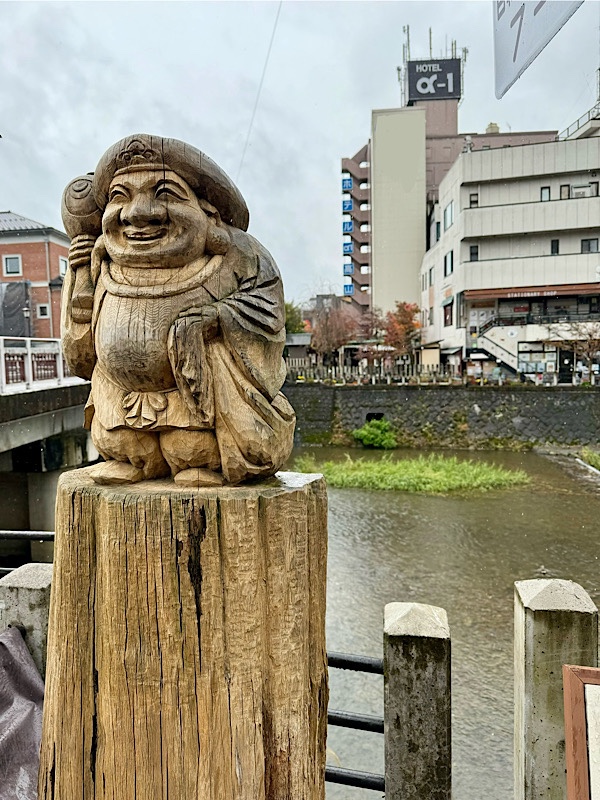 This guy actually represents Daikoku who is one of the Seven Gods of Fortune. This god is said to be a fusion of the mythological creator of Japan, known as Okuninushi no Mikoto, and an Indian God…. weird combo.
This guy actually represents Daikoku who is one of the Seven Gods of Fortune. This god is said to be a fusion of the mythological creator of Japan, known as Okuninushi no Mikoto, and an Indian God…. weird combo.
Across the road from this auspicious looking character is a wee little Hida beef-onna-stick shop – which Mr K also just *had* to try.
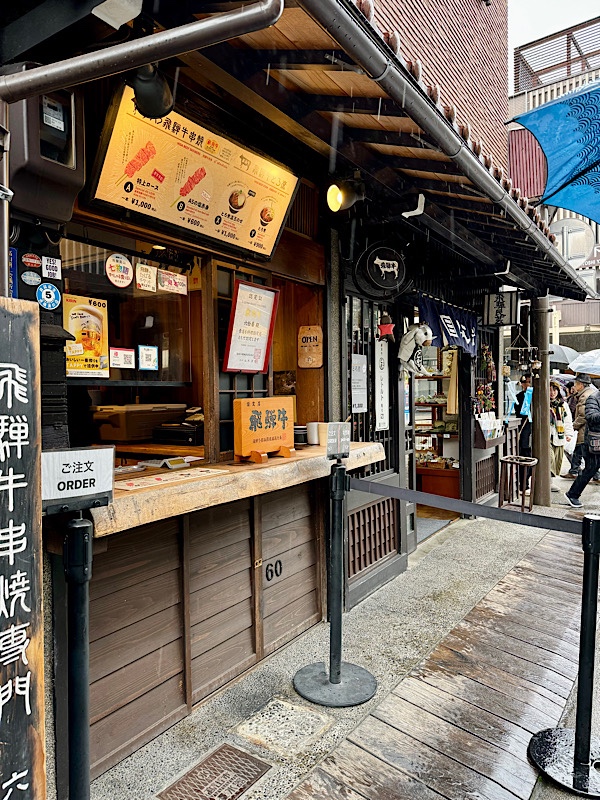 This is his, ‘I’m not working for ten minutes together, and there is beer and beef!’, face.
This is his, ‘I’m not working for ten minutes together, and there is beer and beef!’, face.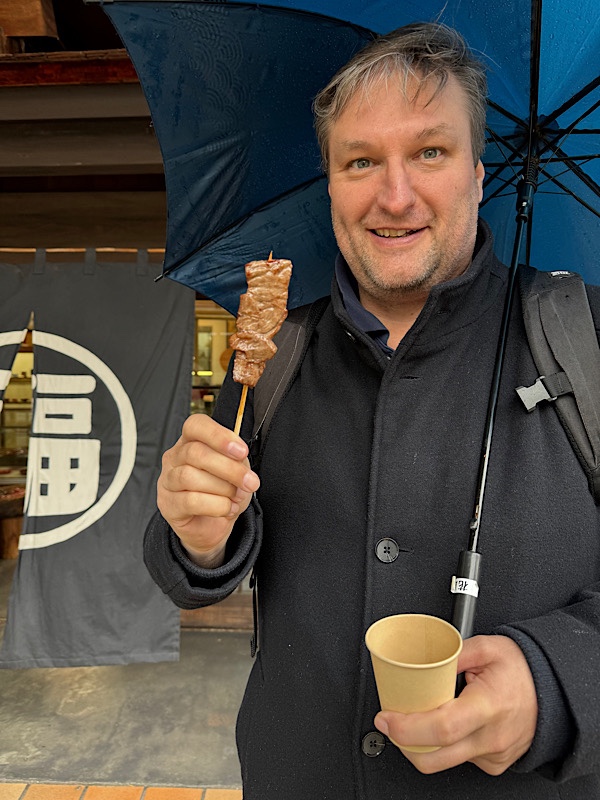
Then came the saké breweries and shops – which may or may not be the reason that Takayama was one of our stop overs to begin with!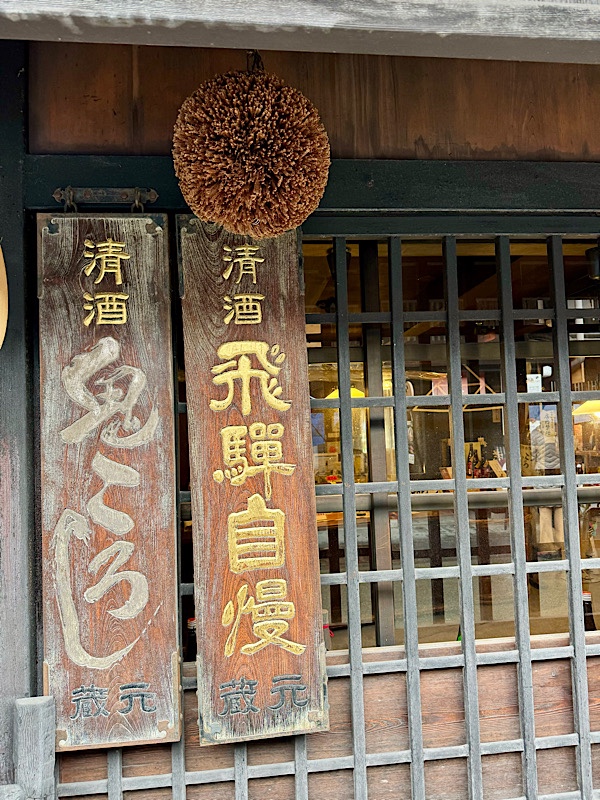 Why hello? This is where I parked my car!
Why hello? This is where I parked my car!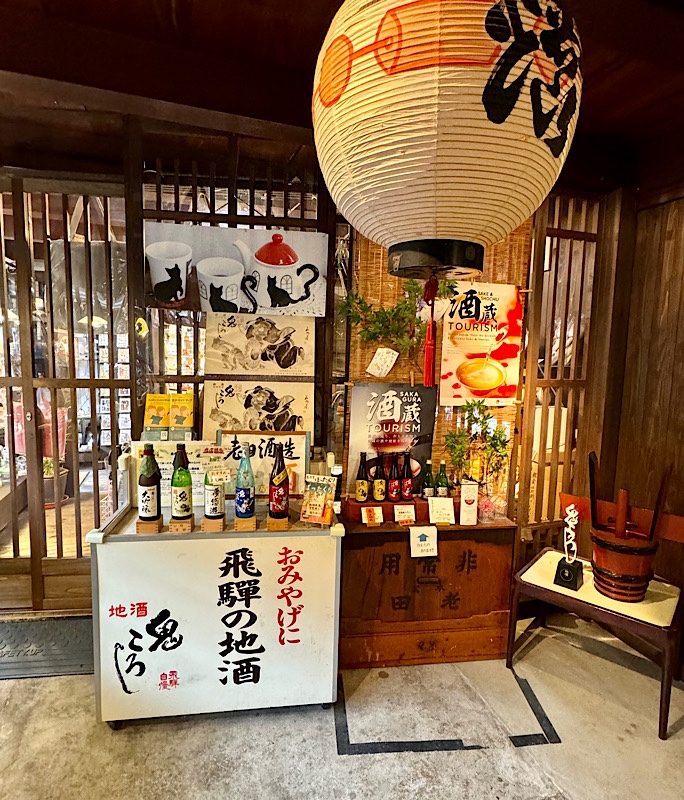
This is a pretty typical Japanese cross-over : the red pointy legged mascot is called Sarubobbo, which means, ‘baby-monkey’ and he is usually depicted without a face… but here is a Hello Kitty Sarubobo.
Sarubobo dolls were traditionally made by others for their daughters as a charm for a happy marriage and for a smooth delivery of children. Anyway… what was Hello Kitty doing in the middle of my saké adventure, anyway? I think we accidentally wandered into saké heaven… there are so many breweries here that there are walking tours and special maps showing you which brewery is where.
Anyway… what was Hello Kitty doing in the middle of my saké adventure, anyway? I think we accidentally wandered into saké heaven… there are so many breweries here that there are walking tours and special maps showing you which brewery is where.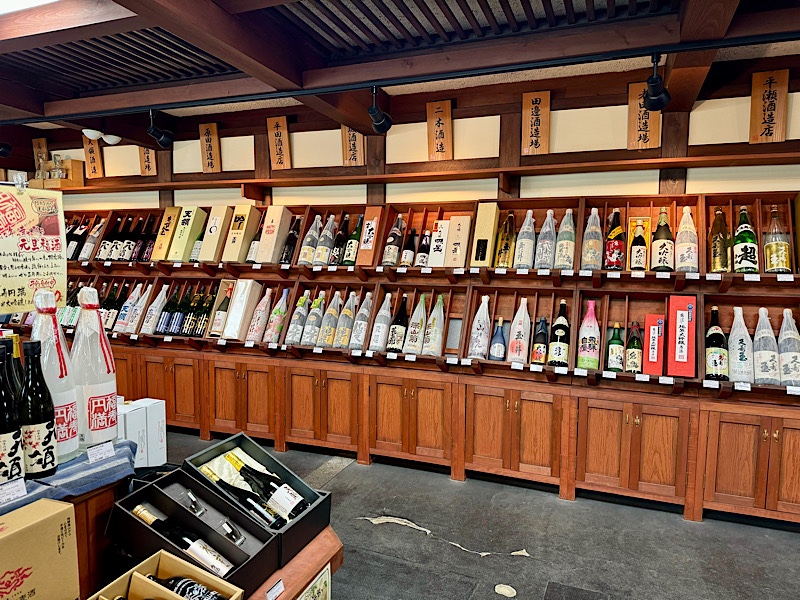
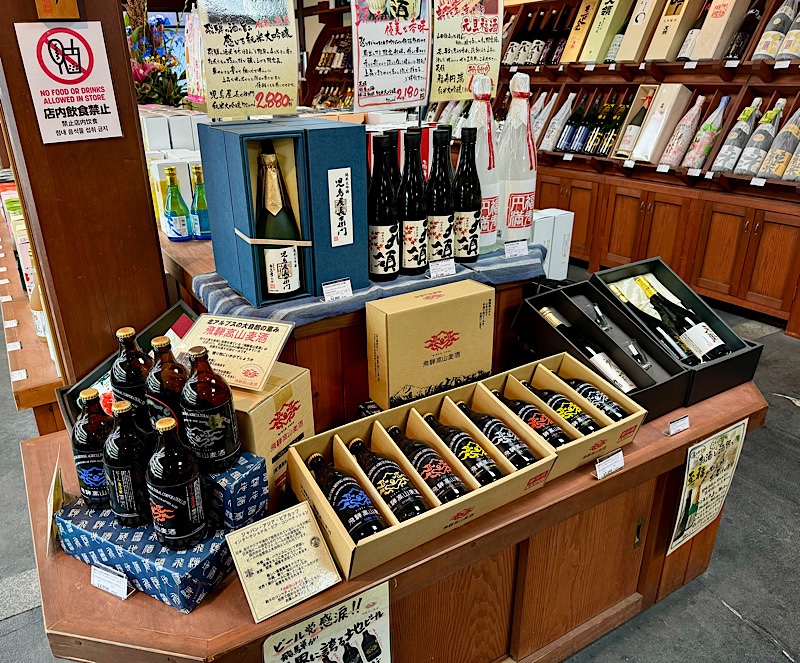
I’m crying like a Sarubobo baby-monkey … so much saké and I’m only allowed to bring a limited amount home!

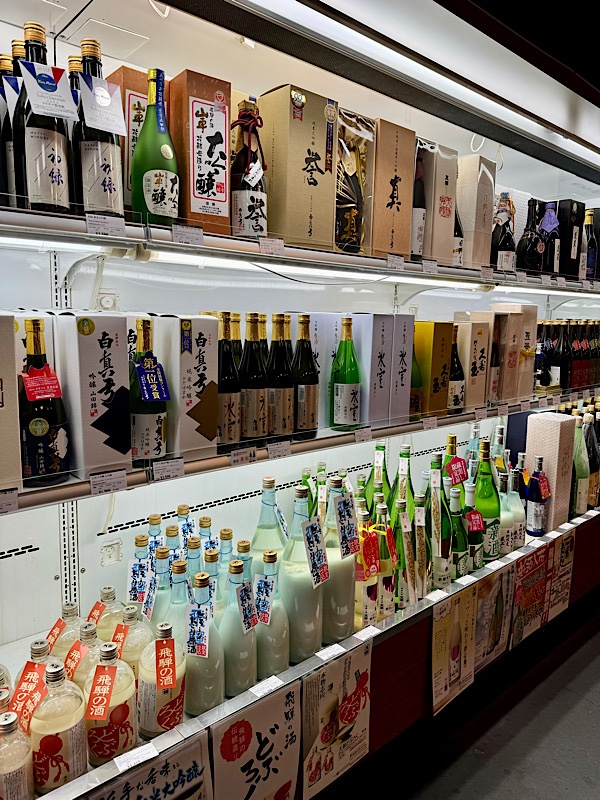


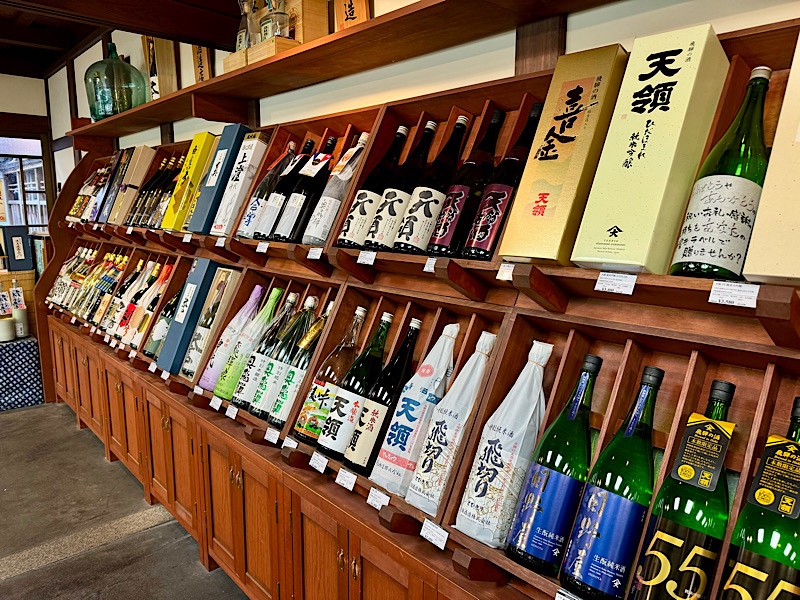
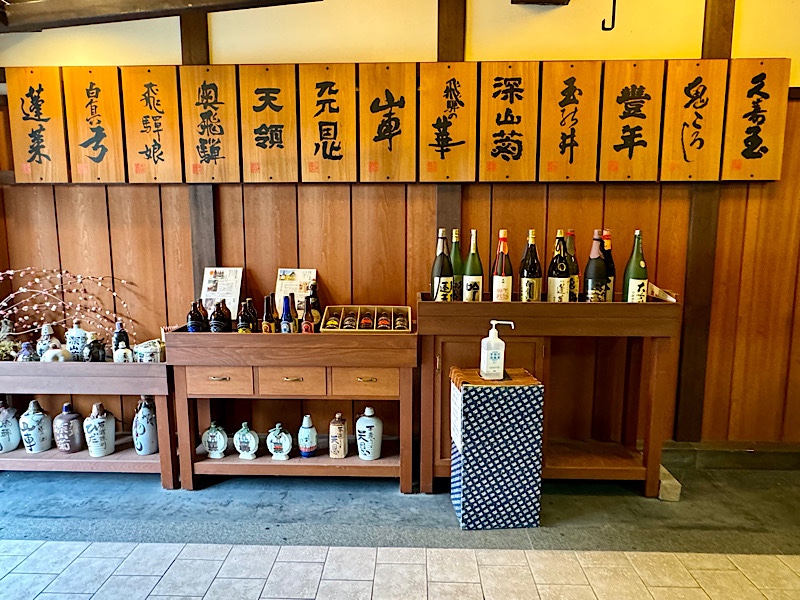 Okay, so that was just one Takayama saké store – it isn’t even one of their brewery store fronts! >.> This may take longer than we anticipated…
Okay, so that was just one Takayama saké store – it isn’t even one of their brewery store fronts! >.> This may take longer than we anticipated…  Oita Sake Brewery Kamisannomachi *(I think… by the time you get to the end of this you’ll see where the confusion is creeping in!)
Oita Sake Brewery Kamisannomachi *(I think… by the time you get to the end of this you’ll see where the confusion is creeping in!) This place was directly across the street from the Takayama Cafe…e
This place was directly across the street from the Takayama Cafe…e
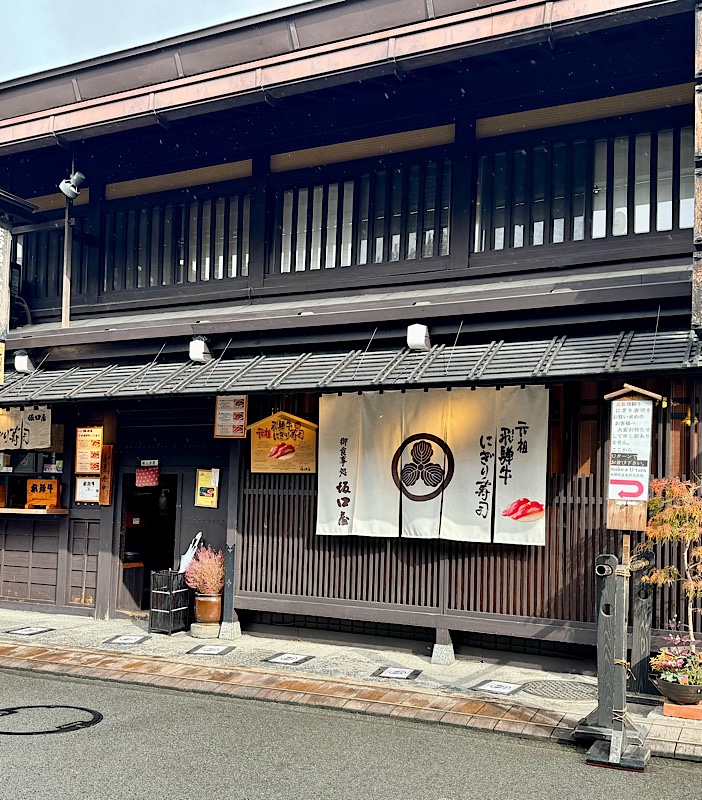
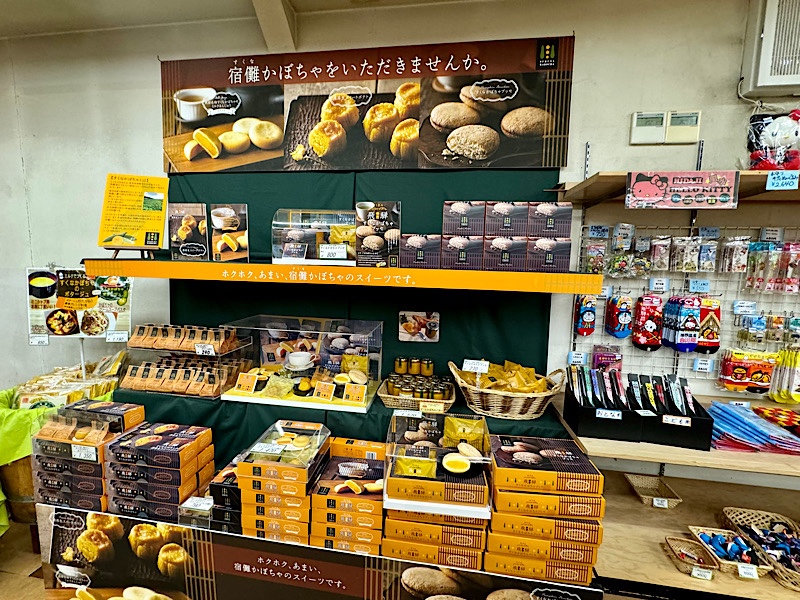
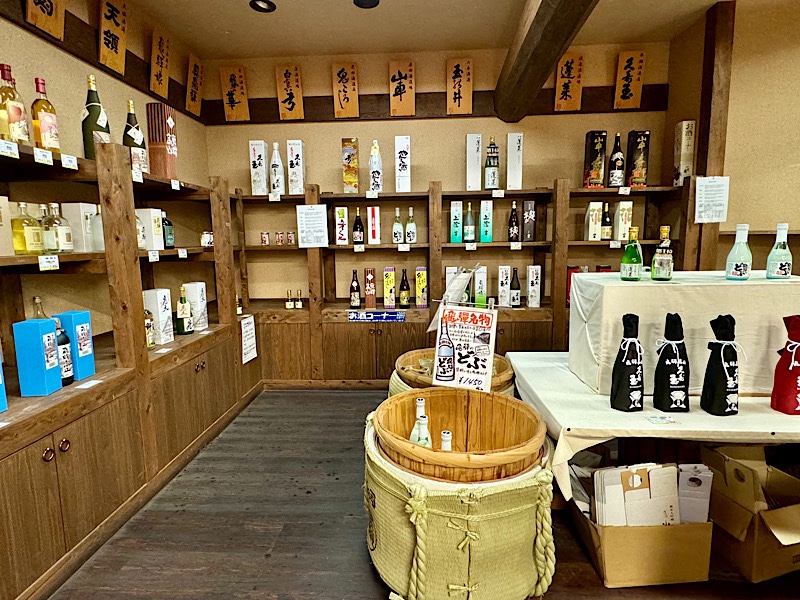
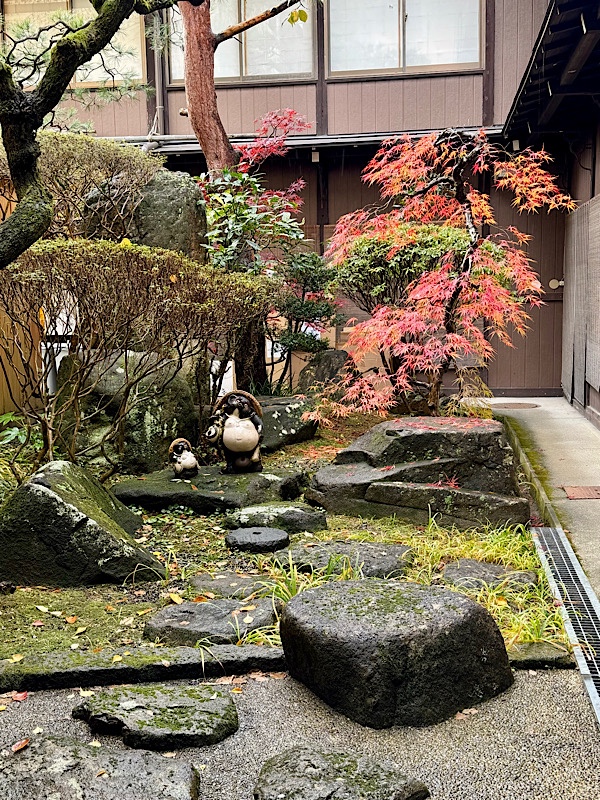
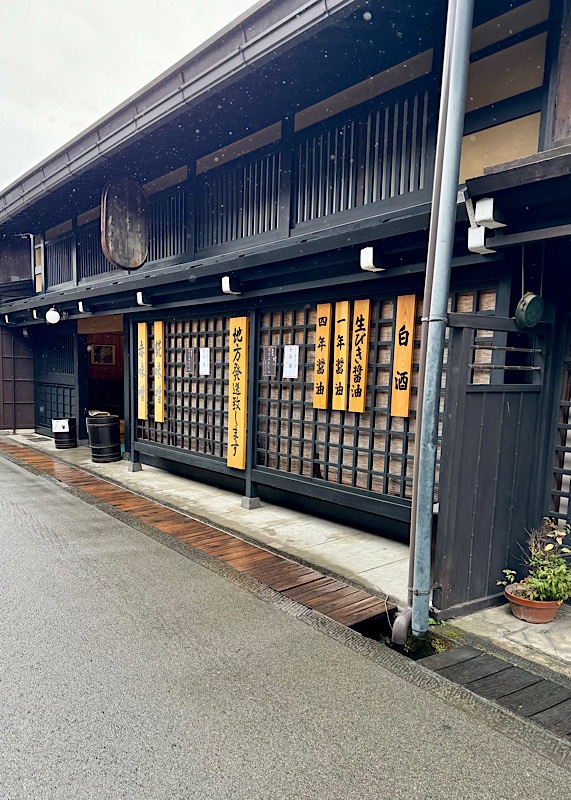
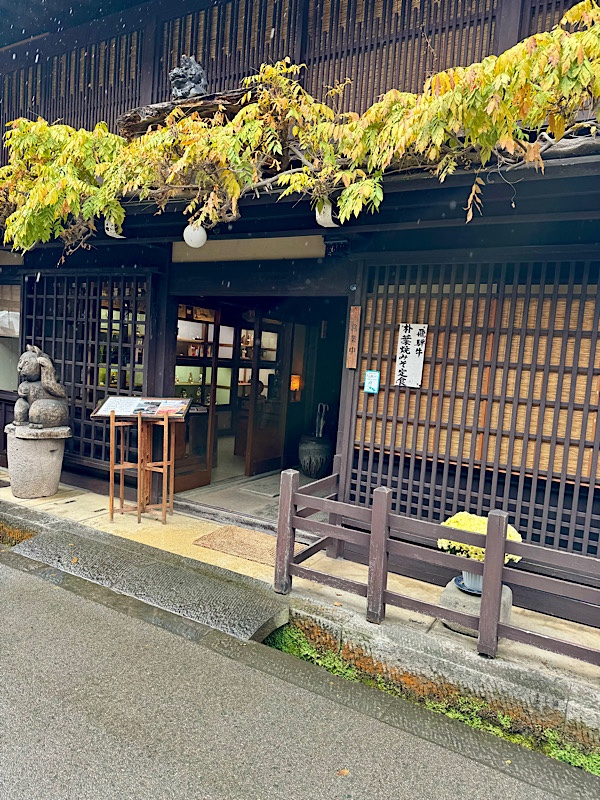 Funasaka Saké Brewery…
Funasaka Saké Brewery…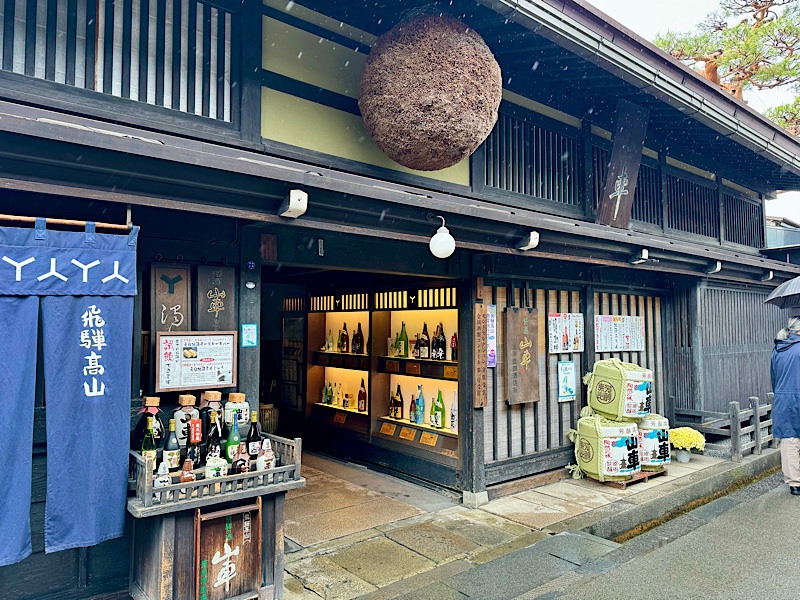 This place was great – you pay 450JPY for a little cup and you can fill it 12 times from 12 different bottles in their range that are kept in a big fridge you can access.
This place was great – you pay 450JPY for a little cup and you can fill it 12 times from 12 different bottles in their range that are kept in a big fridge you can access.
We found ourselves a warm little space near this hearth and happened to meet a couple who live in France – Jeremy was originally from the UK and was a ski instructor for many years, Juliana is from Brazil and they had a delightful 1 year old named Charlie who was an absolute legend letting his mum try some saké without complaint.
As it turns out Jeremy and Juliana are into buying hotels and renovating them in France so they have quite a lot of knowledge and experience in French real estate… happy thought indeed. 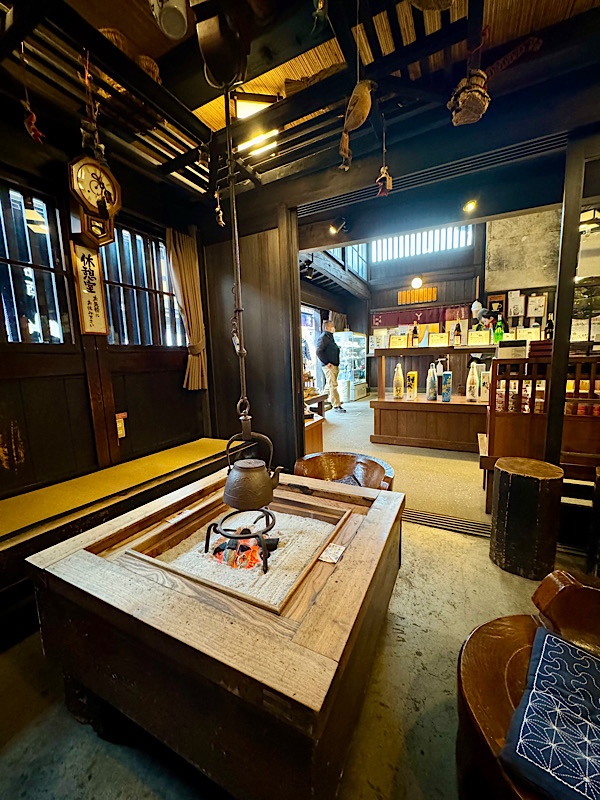

Hamada Saké Brewery is stumbling distance across the street… and they have a different tasting system.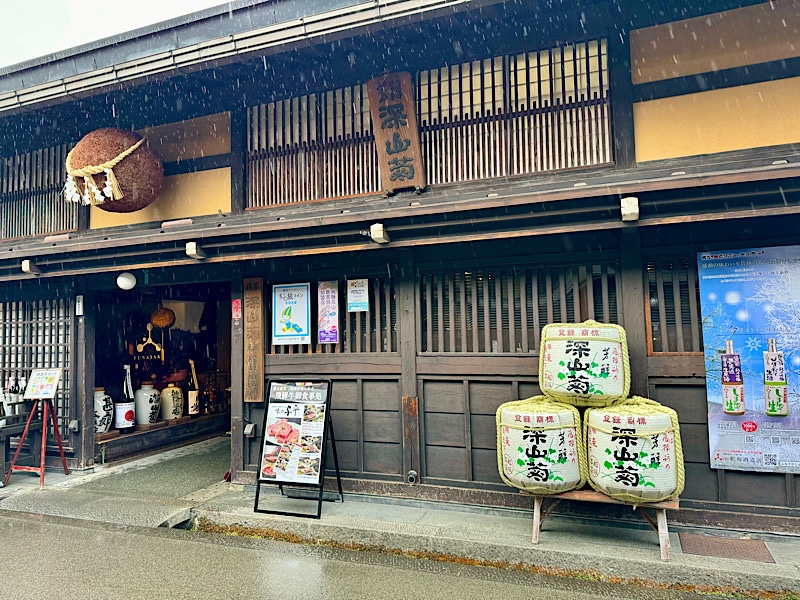
First, all the award winning saké and a very small, negligible, attempt at saké education…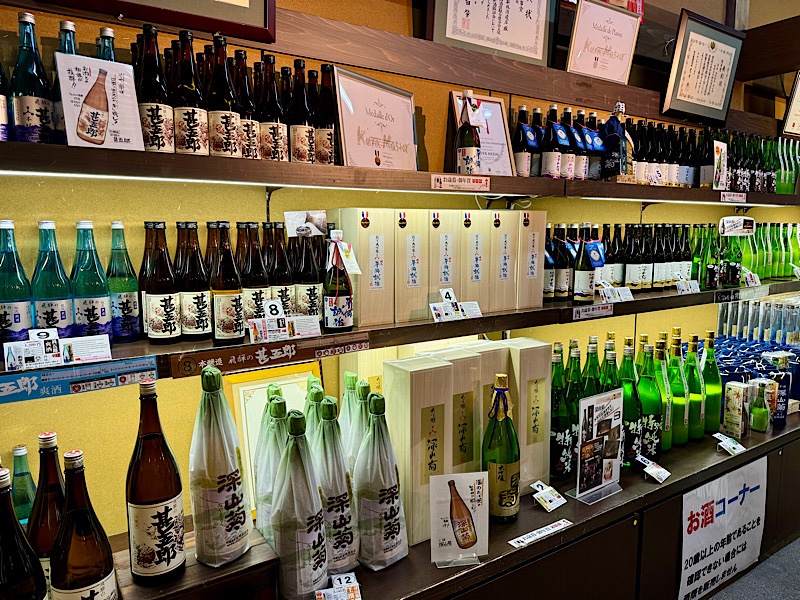
Then you buy a 100JPY cup from a dispensary machine (it’s all very hands off as far as the staff are concerned). Then you go to a machine and put in 500 JPY for 6 saké tokens or 1000 JPY for 13 saké tokens. Once you have your tokens you just put them in the machine of choice and a shot of saké will be dispensed. The numbers on the machine correspond with bottles on the shelves and off you go! There is a description above each saké which is the sum total extent of trying to offer you any useful information on each drink! 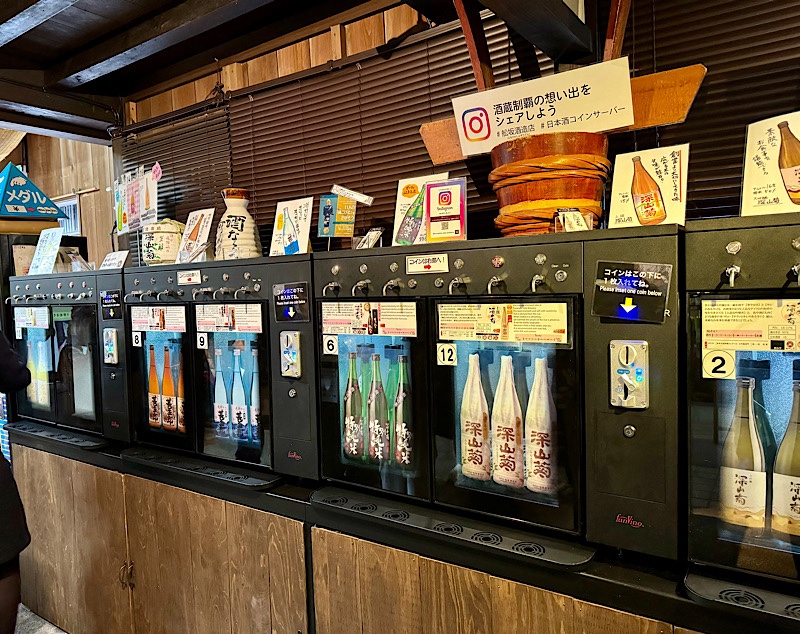
 Matsuzaka Saké…
Matsuzaka Saké…  So many people lining up for the token machine!
So many people lining up for the token machine!
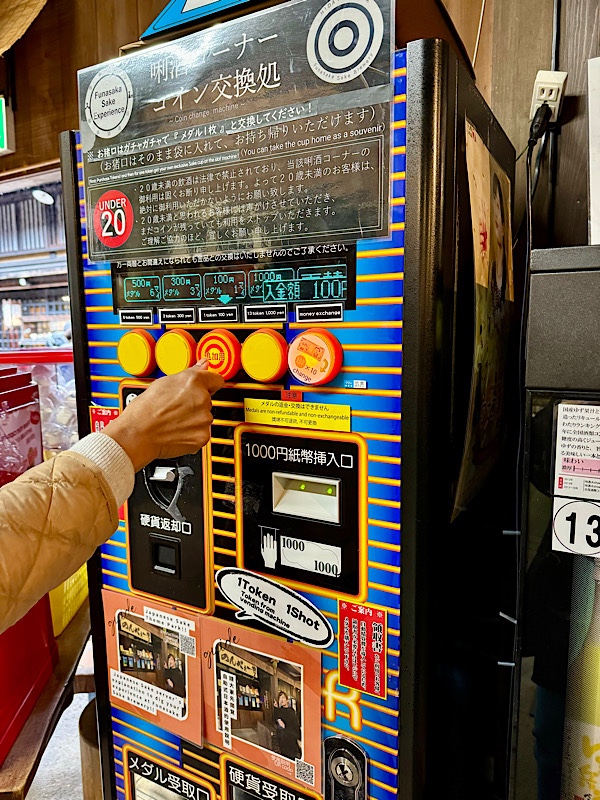 It was so easy to just hook into this… $10 later and you’re really quite toasted.
It was so easy to just hook into this… $10 later and you’re really quite toasted.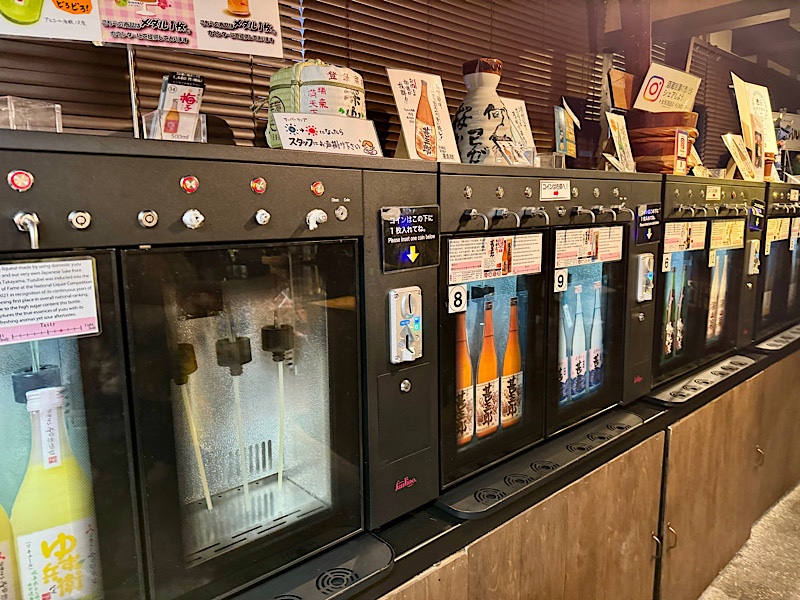 Quaffable stuff and well worth a stop!
Quaffable stuff and well worth a stop! Ummm.. Kawashiri Brewery I think? :/
Ummm.. Kawashiri Brewery I think? :/ 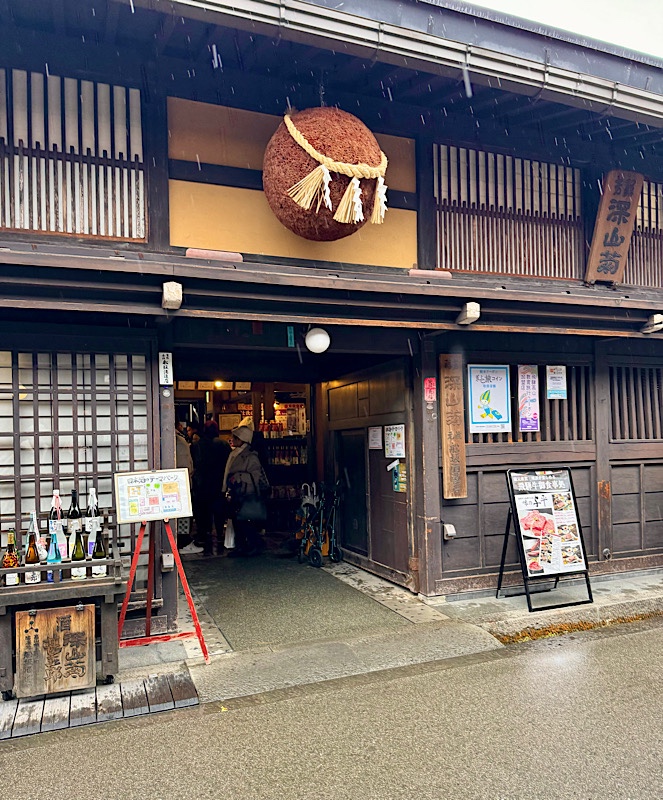 It was about this point that we decided we should get back to our accom as we had more work to do and I was rapidly ending up in a state where I wasn’t going to useful at all!
It was about this point that we decided we should get back to our accom as we had more work to do and I was rapidly ending up in a state where I wasn’t going to useful at all!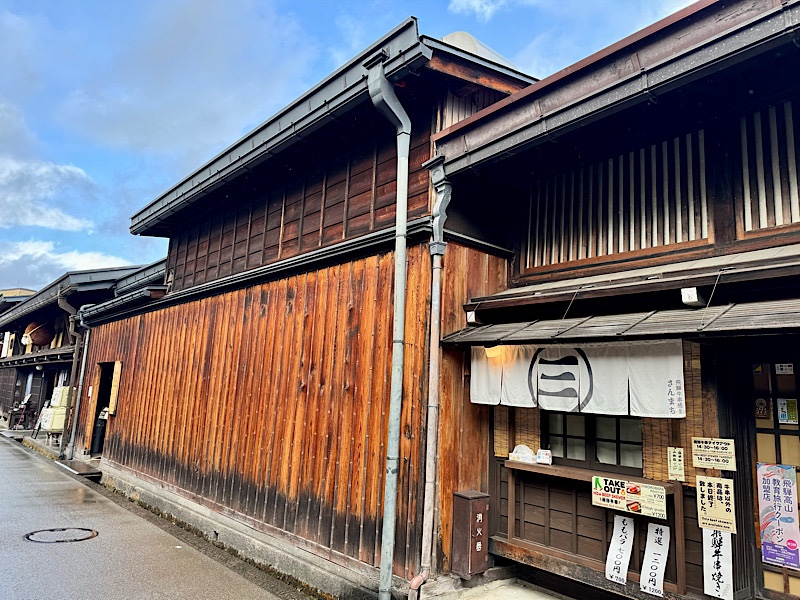
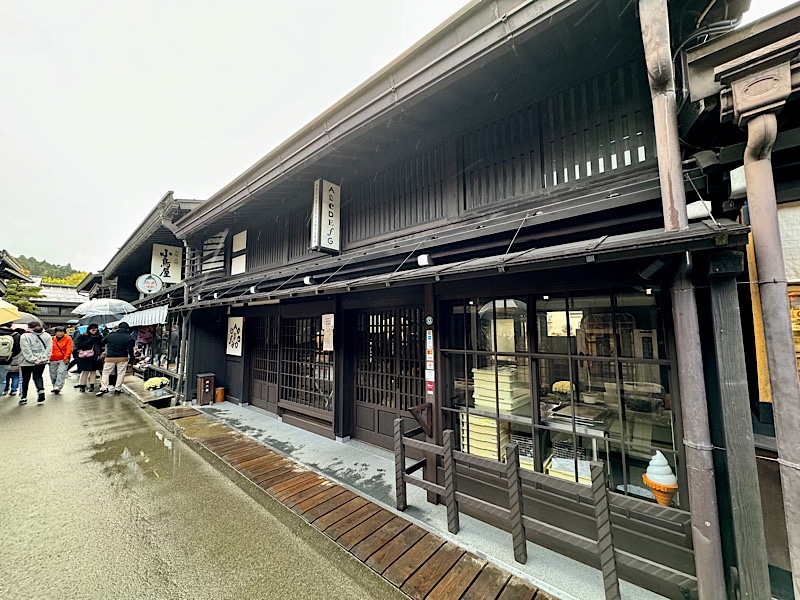
We are definitely going to have to come back to Takayama at some point – would be great to come with someone who has better Japanese skills than either of us have.
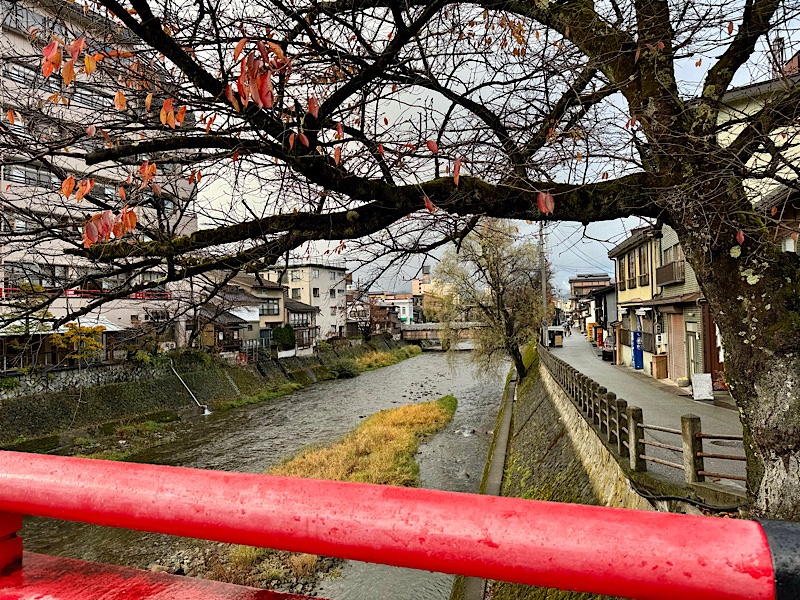
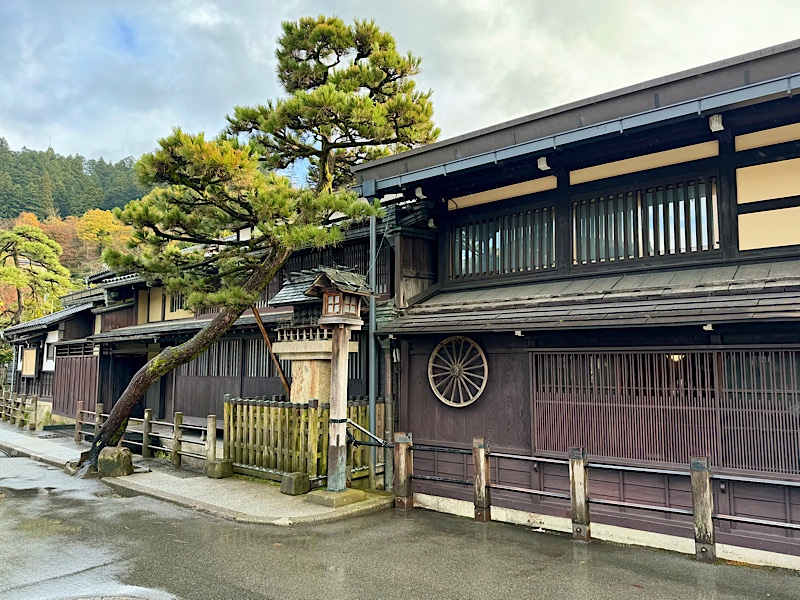 Gorgeous little town with heaps to see. And we didn’t even touch on their weird retro museums and other offerings.
Gorgeous little town with heaps to see. And we didn’t even touch on their weird retro museums and other offerings.


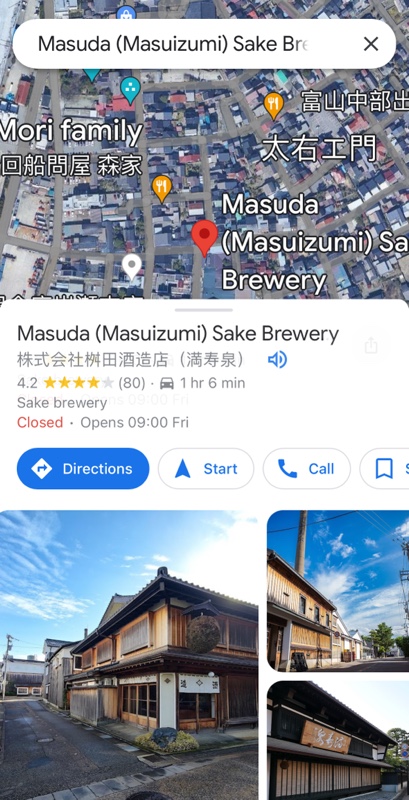 The pics that show up when you search a place are often quite handy so you know what you are looking for…
The pics that show up when you search a place are often quite handy so you know what you are looking for… Anyway, you’d think this wouldn’t be too difficult a task… look up the brewery, find an address, type it into Google maps (and the car’s archaic GPS unit for good measure) and off you go! Oh if wishing made it so! We found the general area okay thanks to the aforementioned navigational devices, and then seemed to be stumbling around a bit lost until I saw this door – and remembered seeing it on the images that popped up on Google Maps. Awesome – we are in the right place. So I asked a guy who obviously worked there, who happened to be passing by, and he directed me slightly down the road to a doorway….
Anyway, you’d think this wouldn’t be too difficult a task… look up the brewery, find an address, type it into Google maps (and the car’s archaic GPS unit for good measure) and off you go! Oh if wishing made it so! We found the general area okay thanks to the aforementioned navigational devices, and then seemed to be stumbling around a bit lost until I saw this door – and remembered seeing it on the images that popped up on Google Maps. Awesome – we are in the right place. So I asked a guy who obviously worked there, who happened to be passing by, and he directed me slightly down the road to a doorway….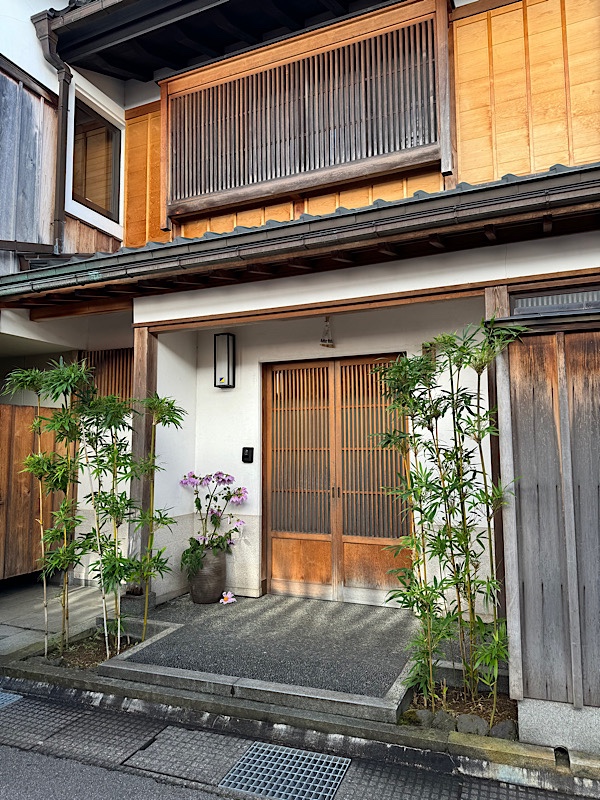 On the corner of the next block – totally not visible at all from where the ‘helpful’ worker was pointing was one of the buildings that I saw on the Google Map.
On the corner of the next block – totally not visible at all from where the ‘helpful’ worker was pointing was one of the buildings that I saw on the Google Map. 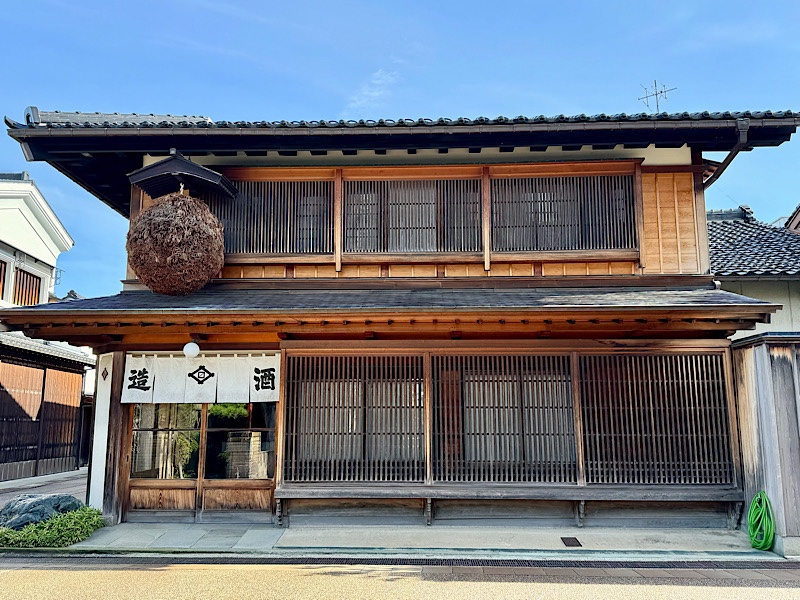
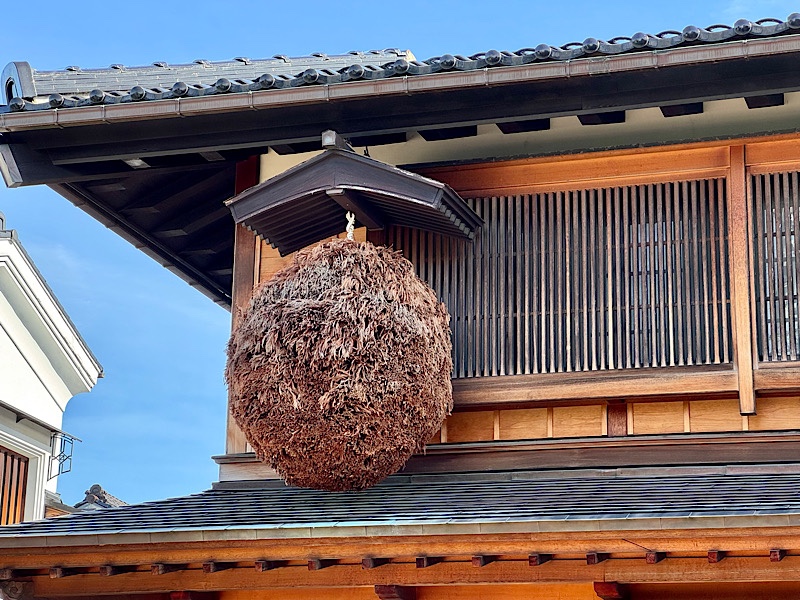

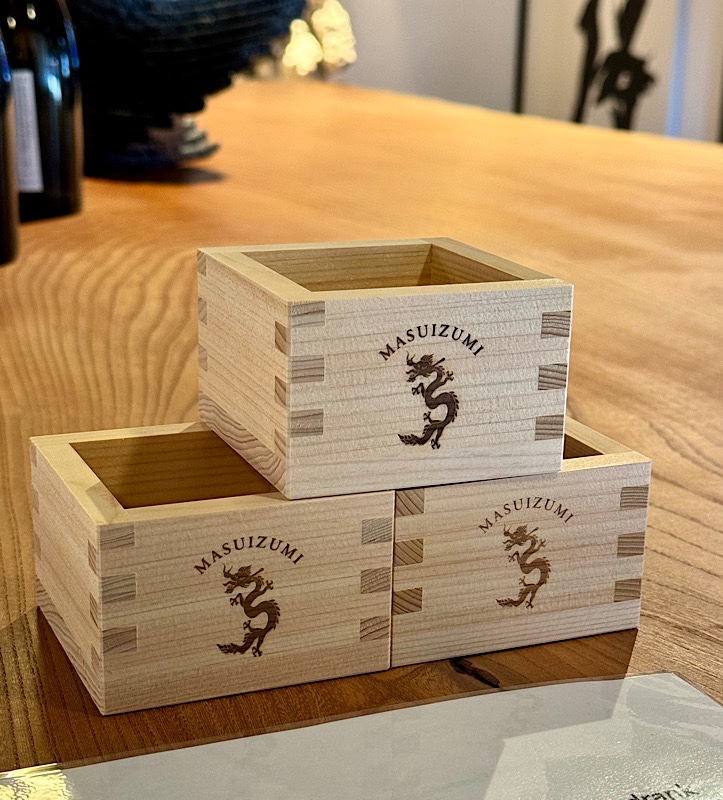
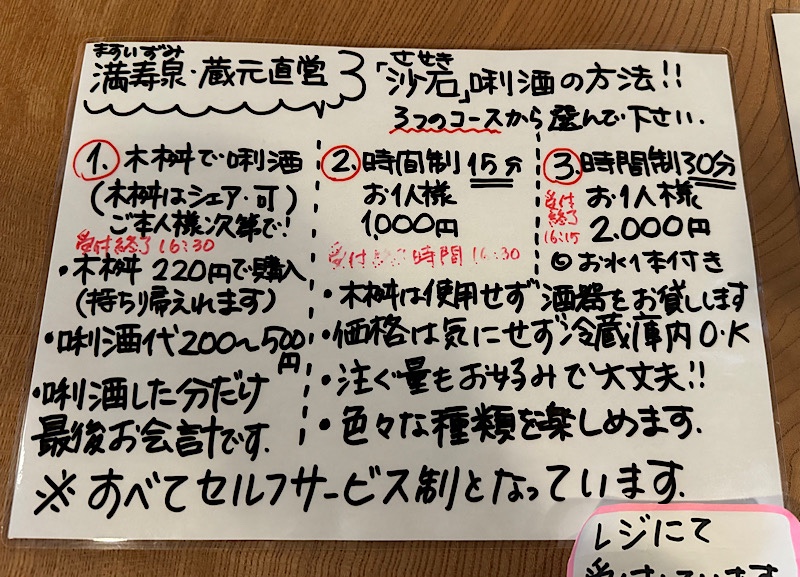
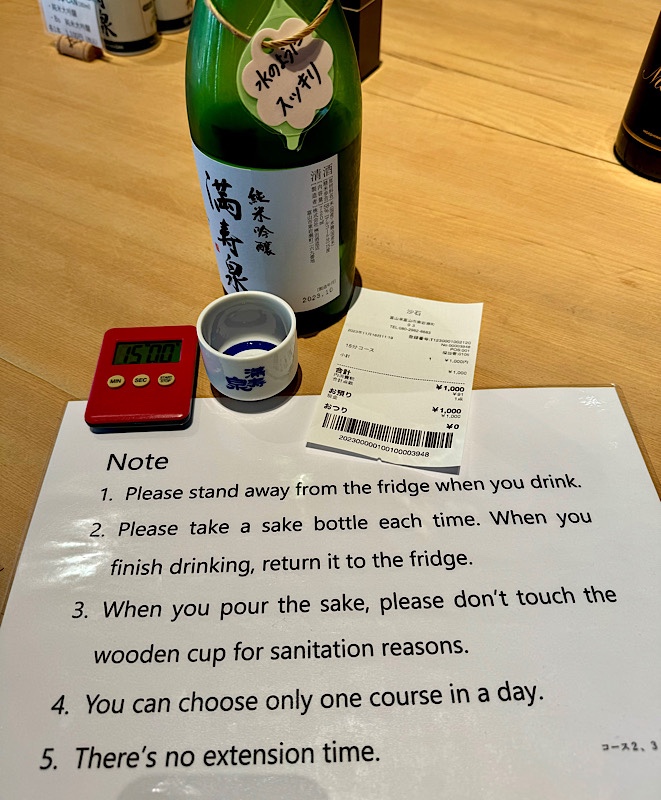
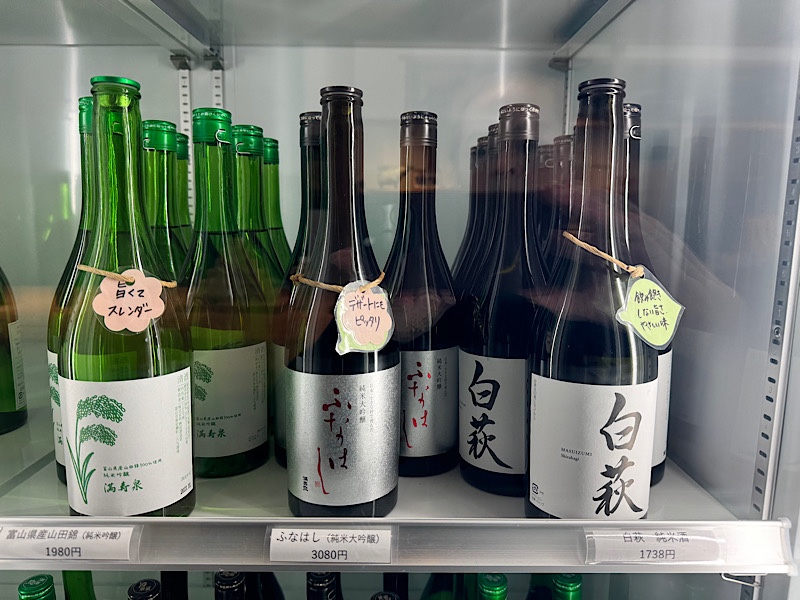 And I can’t read a lick of kanji… when it comes to saké I know that I like ones on the dry end of the scale, not to heavy on the aroma. Definitely nothing sweet or cloying (some are downright syrupy), and I quite dislike saké that feels like it should be labeled ‘vodka’ or tastes of grain spirit. Over time I’ve learned that I like the junmai gingo or junmai daiginjo and I have been to enough breweries and tastings to have some favourites.
And I can’t read a lick of kanji… when it comes to saké I know that I like ones on the dry end of the scale, not to heavy on the aroma. Definitely nothing sweet or cloying (some are downright syrupy), and I quite dislike saké that feels like it should be labeled ‘vodka’ or tastes of grain spirit. Over time I’ve learned that I like the junmai gingo or junmai daiginjo and I have been to enough breweries and tastings to have some favourites. Oh and they had FIVE fridges this size all full of different offerings that you could try. Some of this fridge was full of vintage saké and limited edition runs which is a bit of a bitch because two of the ones I liked in this fridge aren’t even available for sale!
Oh and they had FIVE fridges this size all full of different offerings that you could try. Some of this fridge was full of vintage saké and limited edition runs which is a bit of a bitch because two of the ones I liked in this fridge aren’t even available for sale! 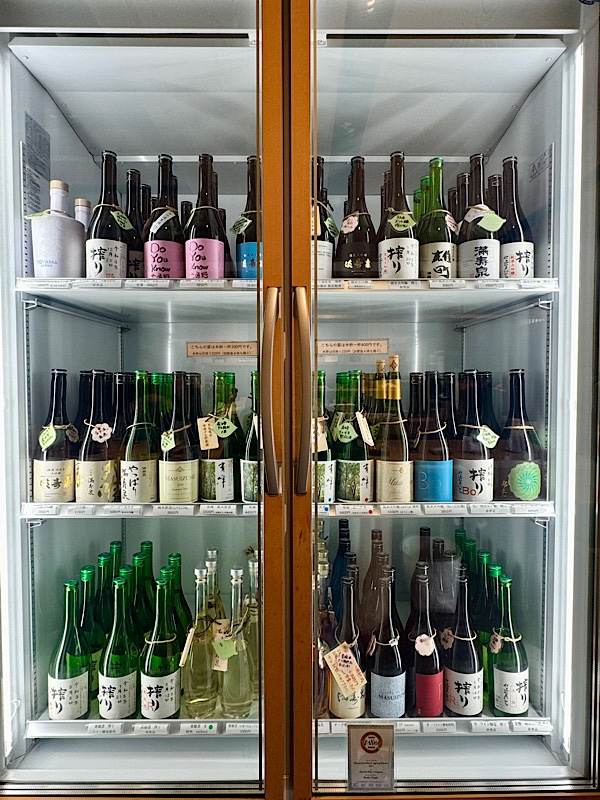 I tried about nine in my 15 minutes and took some photos of some favourites. I gotta say it was a lot of fun… there were a couple of other guests there who were also talking and laughing (in English) about tasting against the clock – they turned out to be Japanese and Croatian but both living and working in Berlin at the moment. We tried to divide and conquer a little but just ended up telling each other which ones to try.
I tried about nine in my 15 minutes and took some photos of some favourites. I gotta say it was a lot of fun… there were a couple of other guests there who were also talking and laughing (in English) about tasting against the clock – they turned out to be Japanese and Croatian but both living and working in Berlin at the moment. We tried to divide and conquer a little but just ended up telling each other which ones to try. 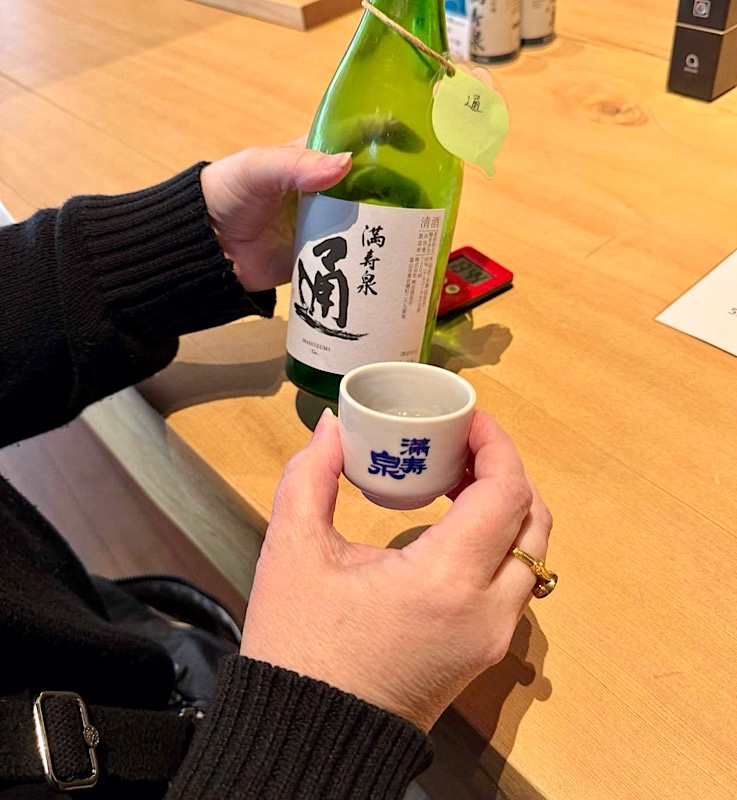 It was good fun – I bought a nice bottle of junmai daiginjo to take away and couple of little cups as a memento. Then we ventured south in search of the next brewery – which was the Yoshino Tomo brewery.
It was good fun – I bought a nice bottle of junmai daiginjo to take away and couple of little cups as a memento. Then we ventured south in search of the next brewery – which was the Yoshino Tomo brewery.  Thankfully a little easier to find. Definitely not as slick an operation as the Masuda brewery and we walked in and were hard pressed to find anyone to show us around or give us any information.
Thankfully a little easier to find. Definitely not as slick an operation as the Masuda brewery and we walked in and were hard pressed to find anyone to show us around or give us any information. 
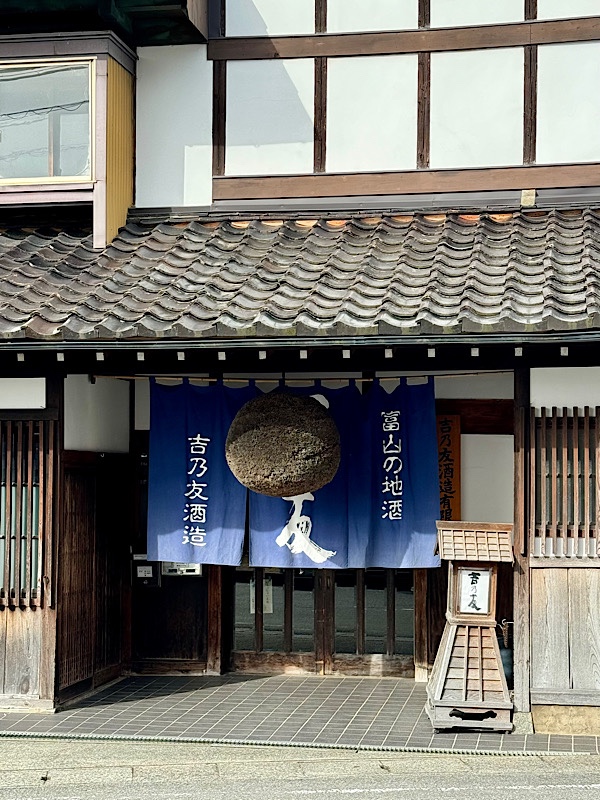 This little tanuki was by the door with a big ‘Welcome’ sign but to be honest it wouldn’t have surprised me if we were trespassing again – the welcoming committee was non-existent and we couldn’t seem to get any help at all.
This little tanuki was by the door with a big ‘Welcome’ sign but to be honest it wouldn’t have surprised me if we were trespassing again – the welcoming committee was non-existent and we couldn’t seem to get any help at all.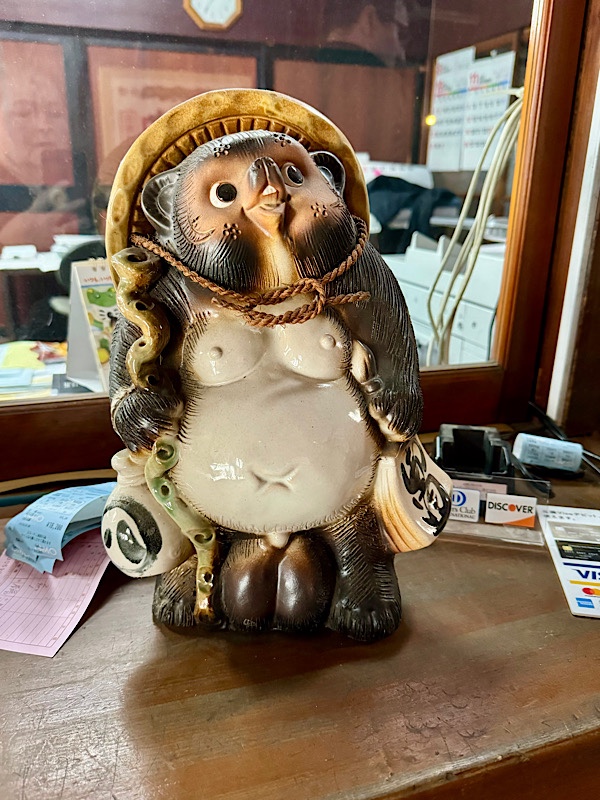
 After poking around for a while and using Google Translate to decipher many many labels, we decided to bail out and took some notes of anything we might like to try down the track from the supermarkets. Seemed easier!
After poking around for a while and using Google Translate to decipher many many labels, we decided to bail out and took some notes of anything we might like to try down the track from the supermarkets. Seemed easier!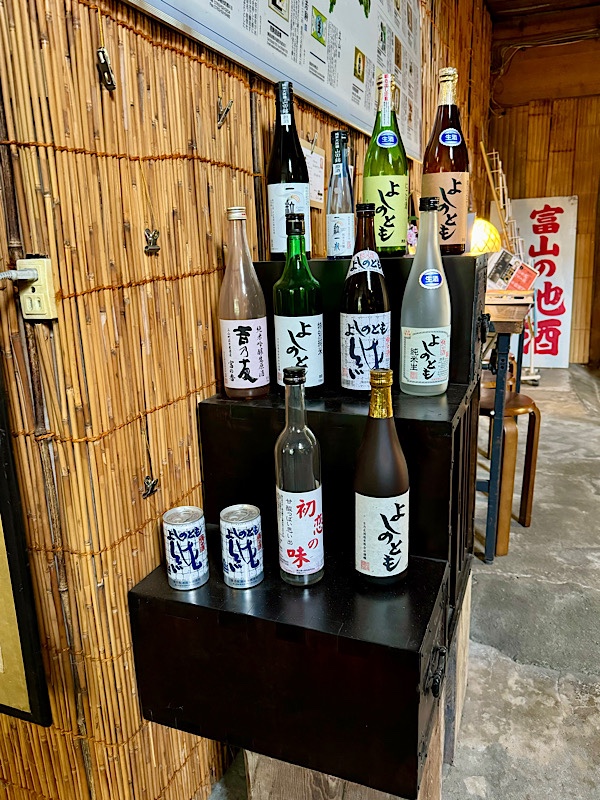
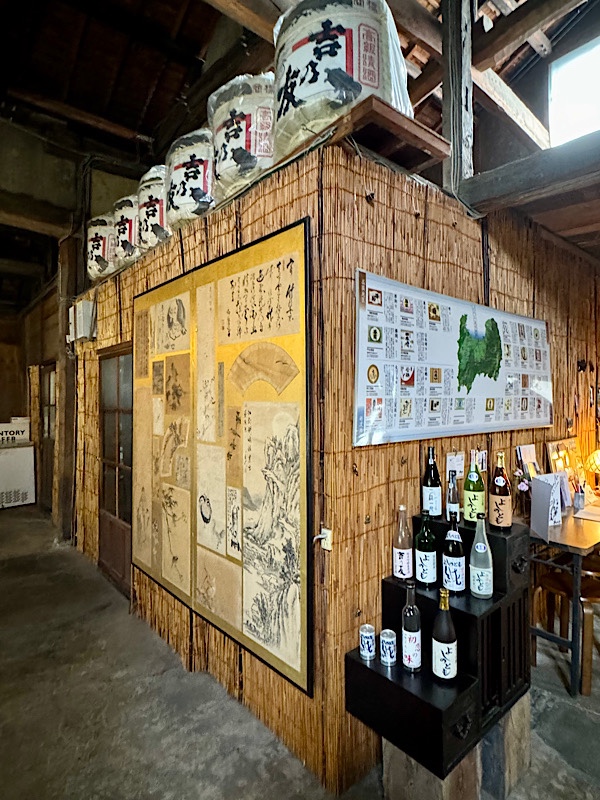
 I have seen the Kisaki pink in the shops before so now we have a bit more info, it might be worth giving some of these a try. At least the labels are distinctive so we’ll be able to recognise them easily.
I have seen the Kisaki pink in the shops before so now we have a bit more info, it might be worth giving some of these a try. At least the labels are distinctive so we’ll be able to recognise them easily.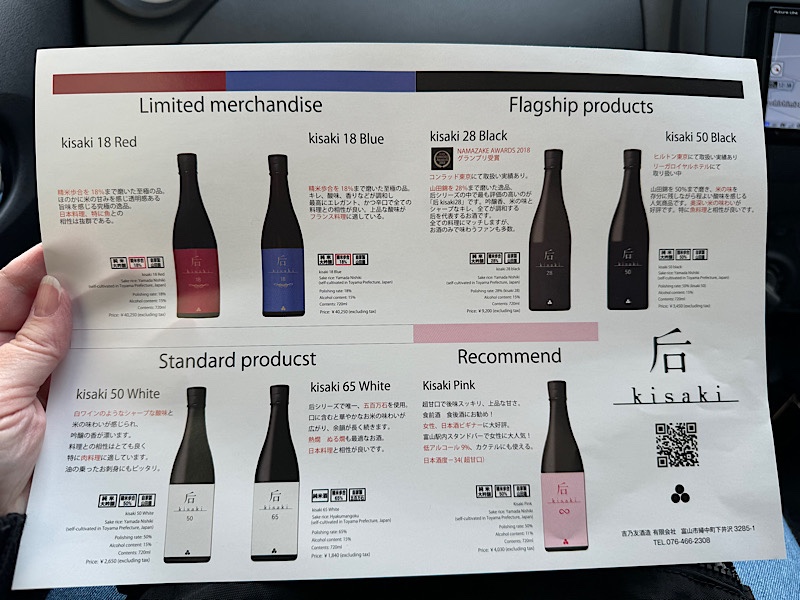 Oh look… there is the Masuizumi Junmain gingo at Lawson’s that I just bought at the last brewery, for JPY400 less than they charged at the tasting room! Oh well, live and learn.
Oh look… there is the Masuizumi Junmain gingo at Lawson’s that I just bought at the last brewery, for JPY400 less than they charged at the tasting room! Oh well, live and learn. 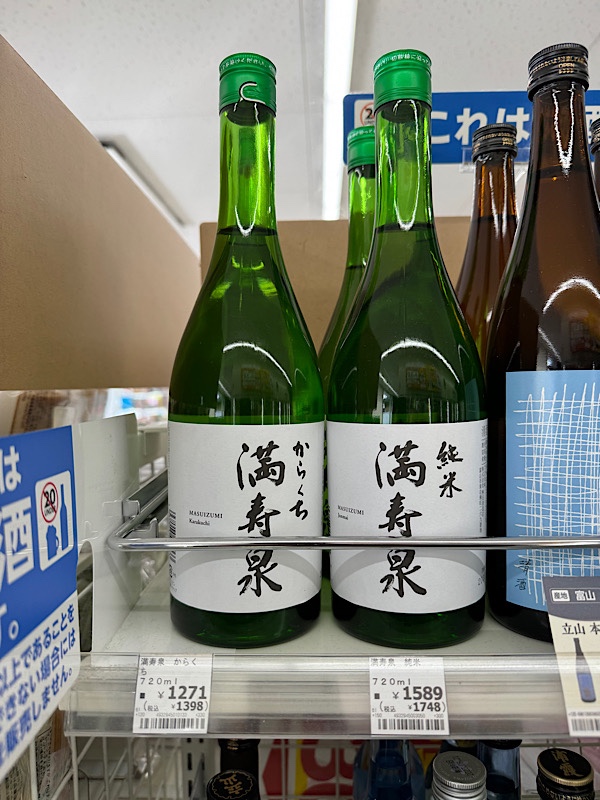 Next stop was a roadside services for lunch – and I have to say, even dodgy roadside food here is better than a lot of the cheap and cheerful Japanese restaurants that we have at home. I’d go so far as to say convenience store sushi is better than most Australian sushi trains restaurants.
Next stop was a roadside services for lunch – and I have to say, even dodgy roadside food here is better than a lot of the cheap and cheerful Japanese restaurants that we have at home. I’d go so far as to say convenience store sushi is better than most Australian sushi trains restaurants.  Disappointing but there you have it. This katsudon meal with miso soup was roughly AUD$10 – and it was delicious.
Disappointing but there you have it. This katsudon meal with miso soup was roughly AUD$10 – and it was delicious.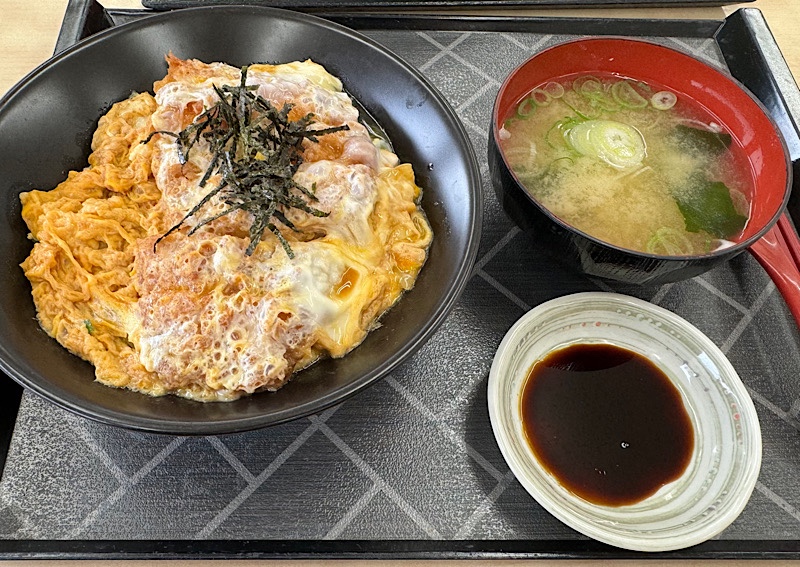
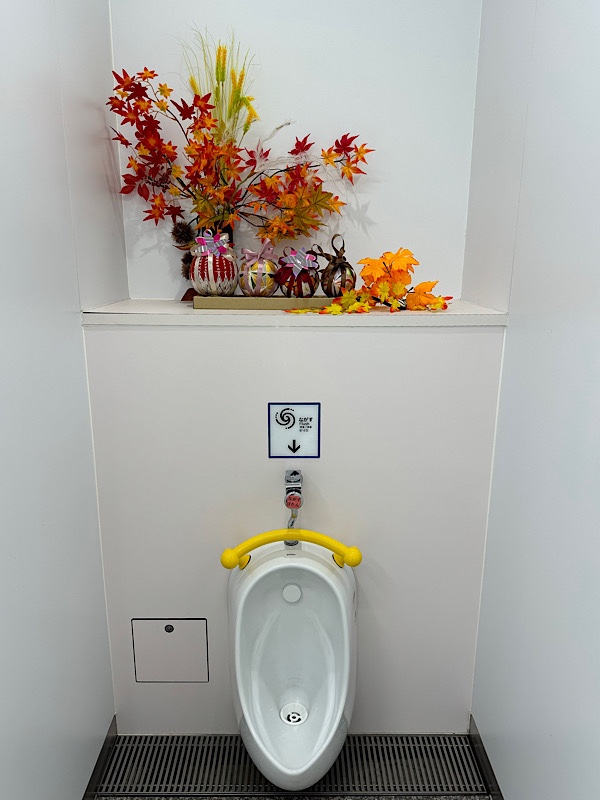
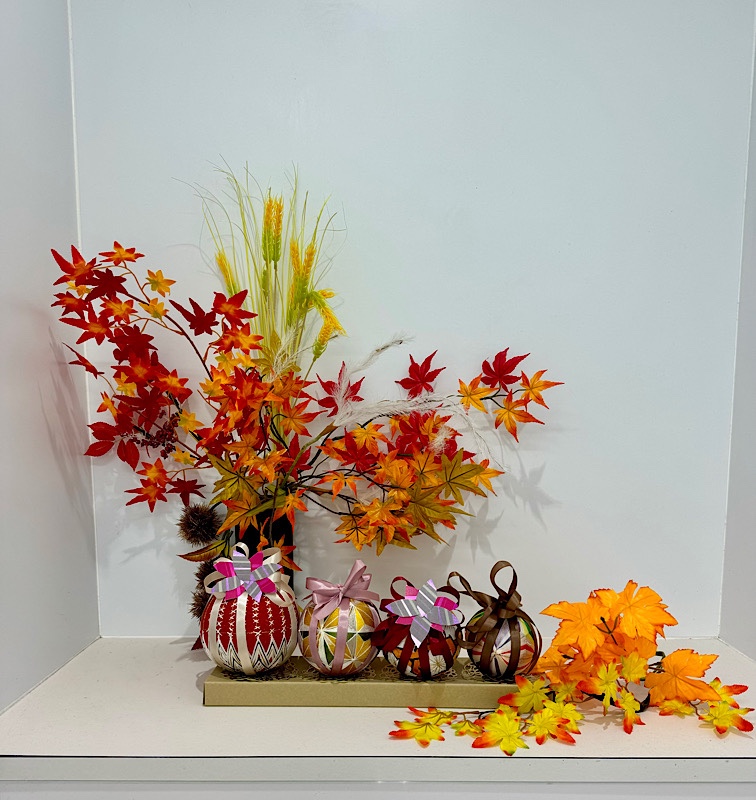

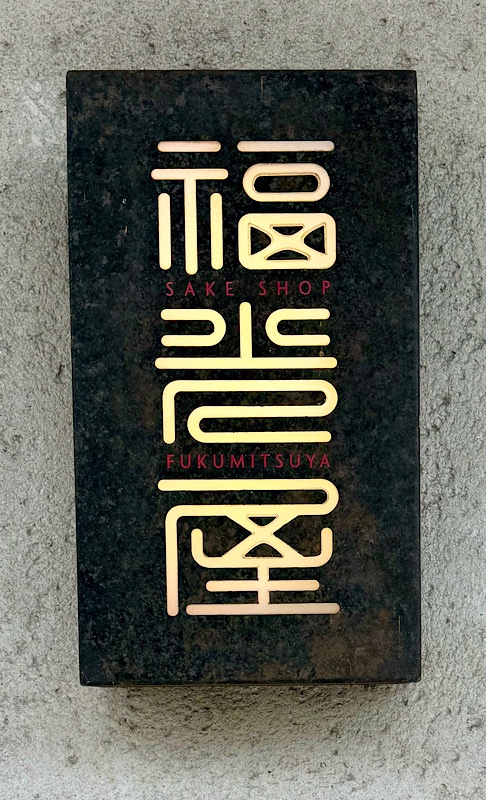
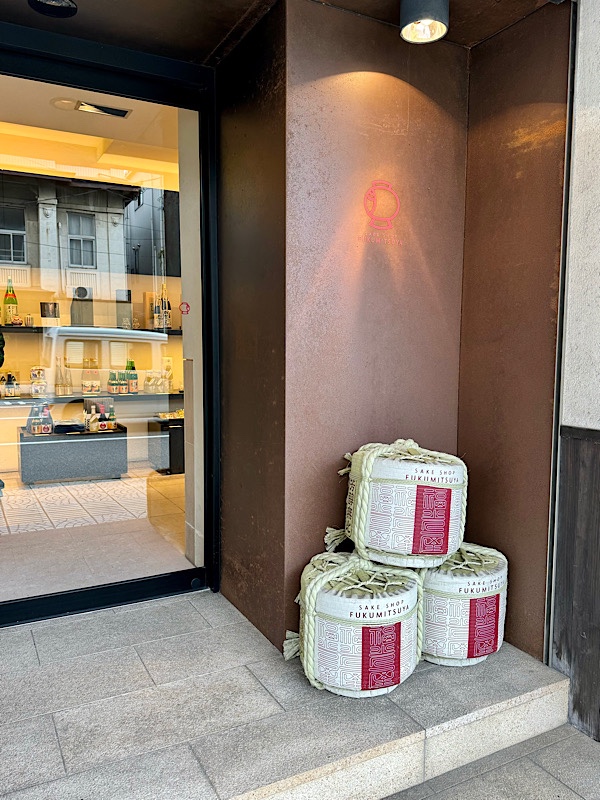 Here, I met a lovely woman who had been living in the US for a number of years and her English was exceptional. We had an in-depth discussion about the various types of saké, and she led me through some tastings. She gave me a pile of information on different varieties and practices that various different breweries were engaging in.
Here, I met a lovely woman who had been living in the US for a number of years and her English was exceptional. We had an in-depth discussion about the various types of saké, and she led me through some tastings. She gave me a pile of information on different varieties and practices that various different breweries were engaging in. 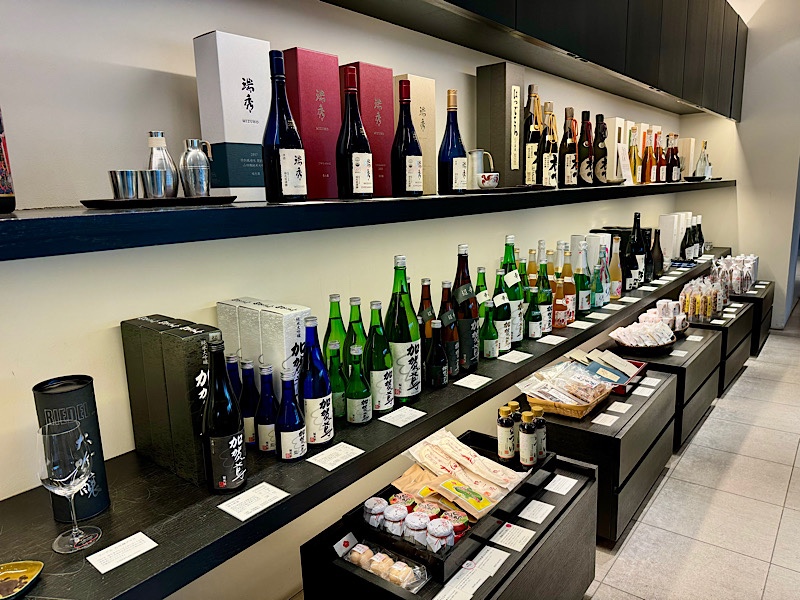 Turns out, that without even realising it – I have developed a taste for ‘purest saké’ (because of course I have… champagne tastes on a beer budget my entire life!). Meaning that the sakés I have found I enjoyed the most are the ones with the least amount of additives. Anything with ‘junmai’ on the label is pure saké, made only with rice, natural waters and koji (koji being a fermentation culture). Which totally explains (for me, at least) why I dislike some saké because it’s too sweet, (likely has sugar added), or to strong in it’s alcohol taste, (likely has grain alcohol added).
Turns out, that without even realising it – I have developed a taste for ‘purest saké’ (because of course I have… champagne tastes on a beer budget my entire life!). Meaning that the sakés I have found I enjoyed the most are the ones with the least amount of additives. Anything with ‘junmai’ on the label is pure saké, made only with rice, natural waters and koji (koji being a fermentation culture). Which totally explains (for me, at least) why I dislike some saké because it’s too sweet, (likely has sugar added), or to strong in it’s alcohol taste, (likely has grain alcohol added).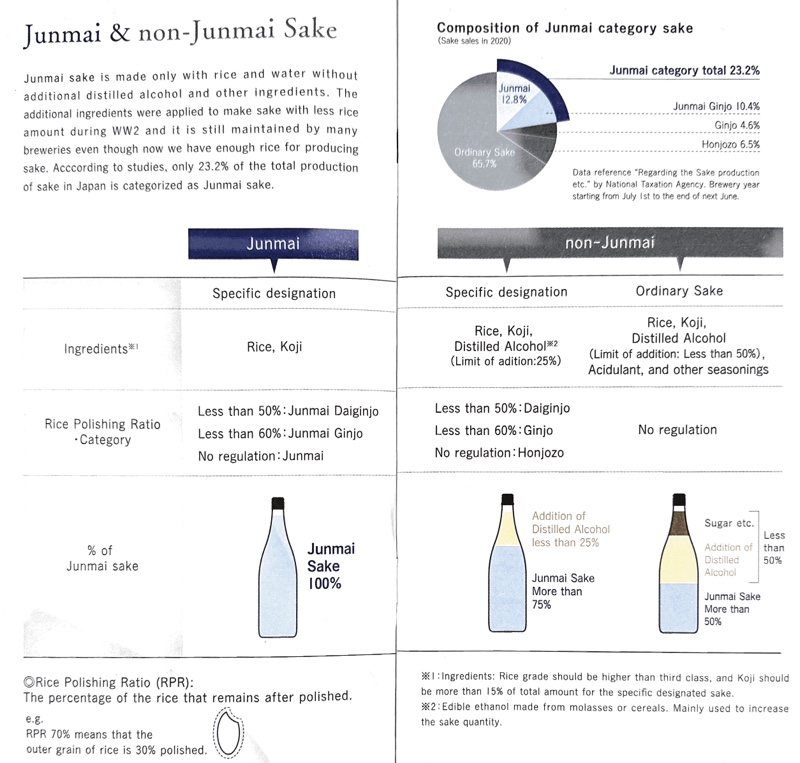
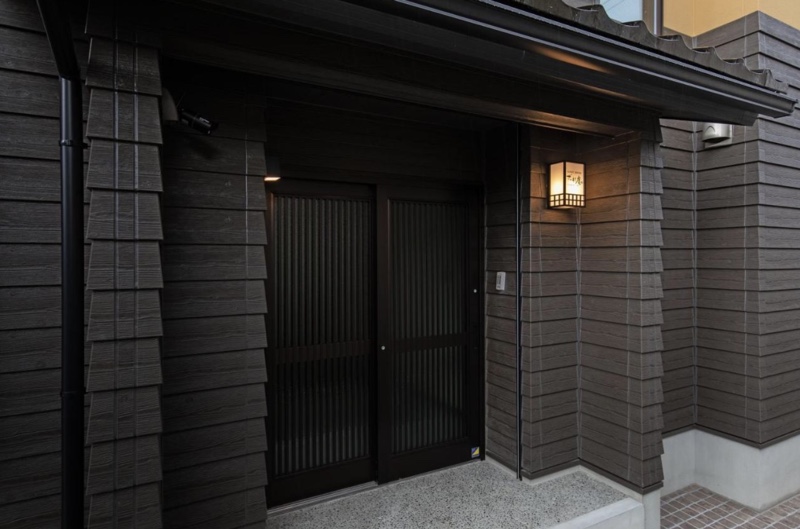


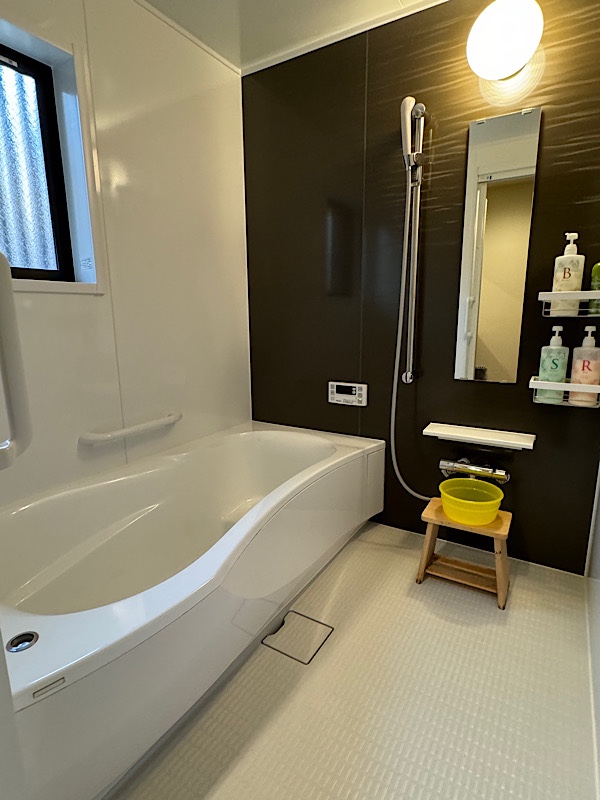 This mural is called a Fusama painting and it was apparently created by Kahoolawe Ueshima, who is a well known local arts who works in the ParalymArt collective – I have no idea what that is, but it appears to be a significant art community according to our host.
This mural is called a Fusama painting and it was apparently created by Kahoolawe Ueshima, who is a well known local arts who works in the ParalymArt collective – I have no idea what that is, but it appears to be a significant art community according to our host. 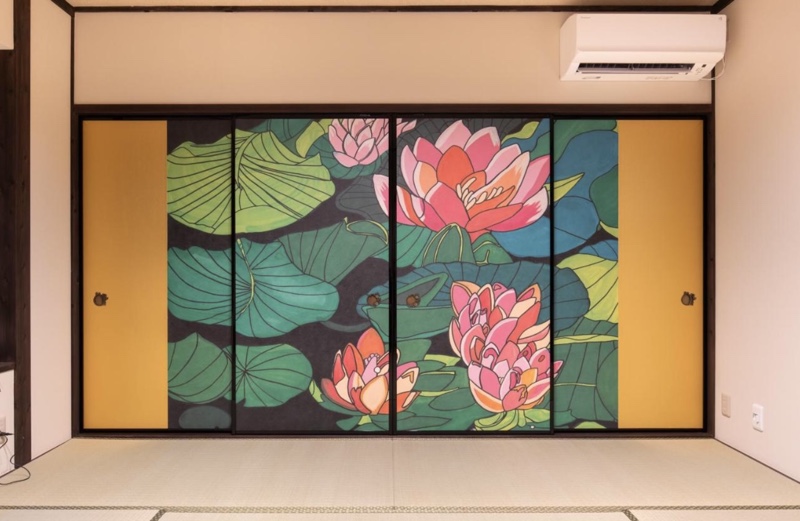
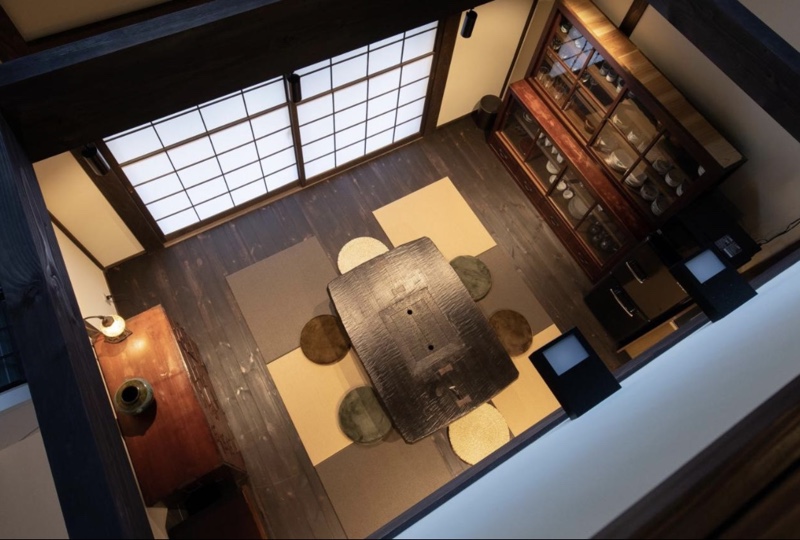
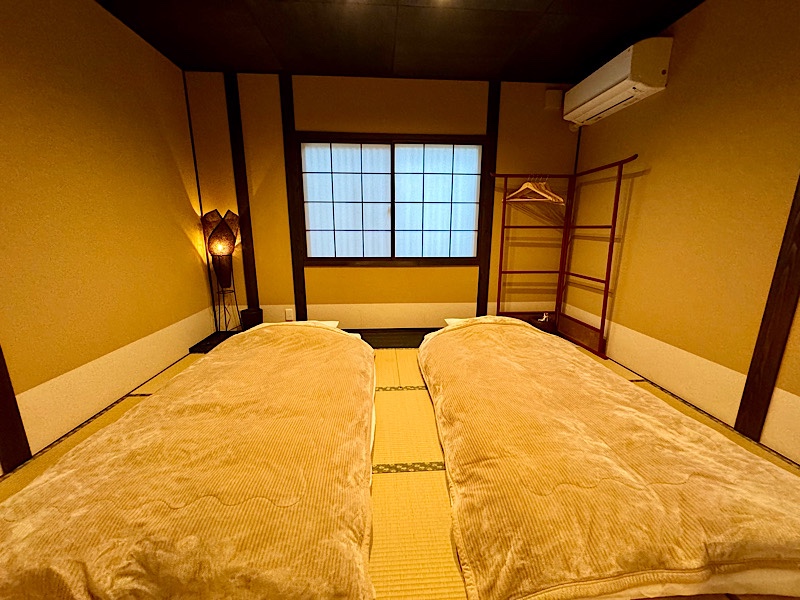 We have a cute, private little garden space; I love the rain chains and have often wondered if they would look out of place in suburban Brisbane. lol
We have a cute, private little garden space; I love the rain chains and have often wondered if they would look out of place in suburban Brisbane. lol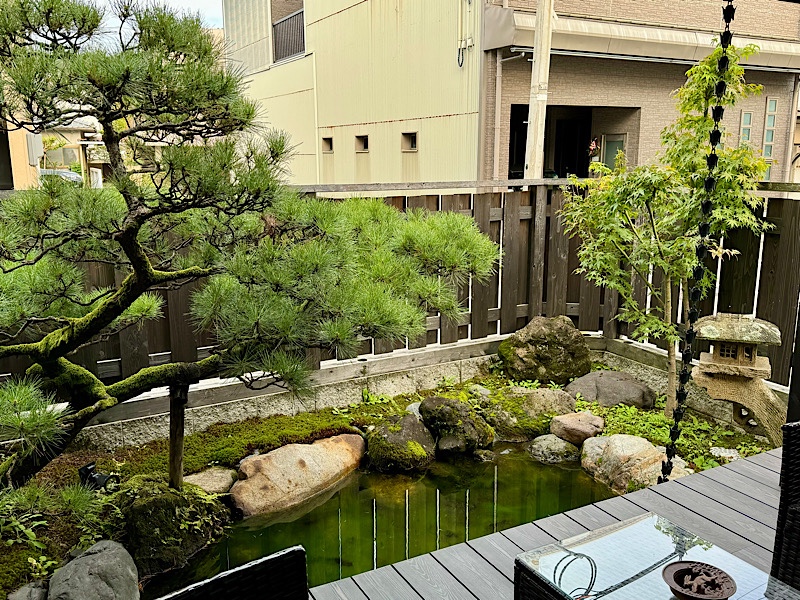

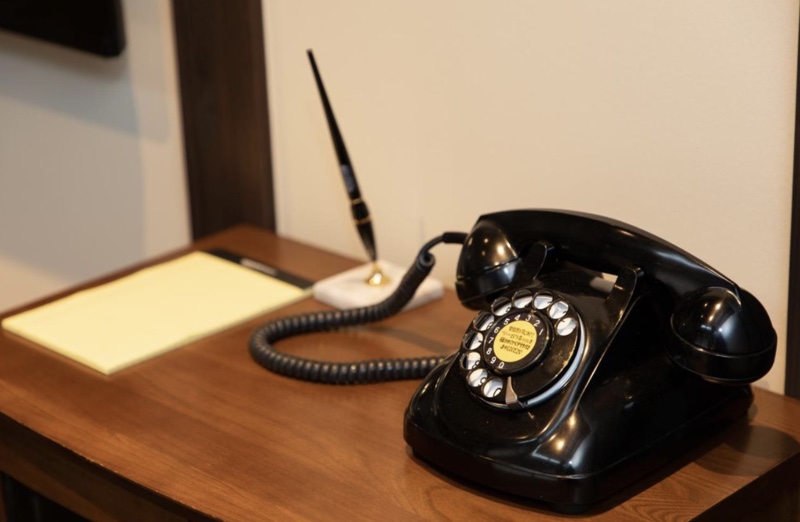 Now to sit down to do some serious work, which of course requires – saké!!! Kanpai.
Now to sit down to do some serious work, which of course requires – saké!!! Kanpai.